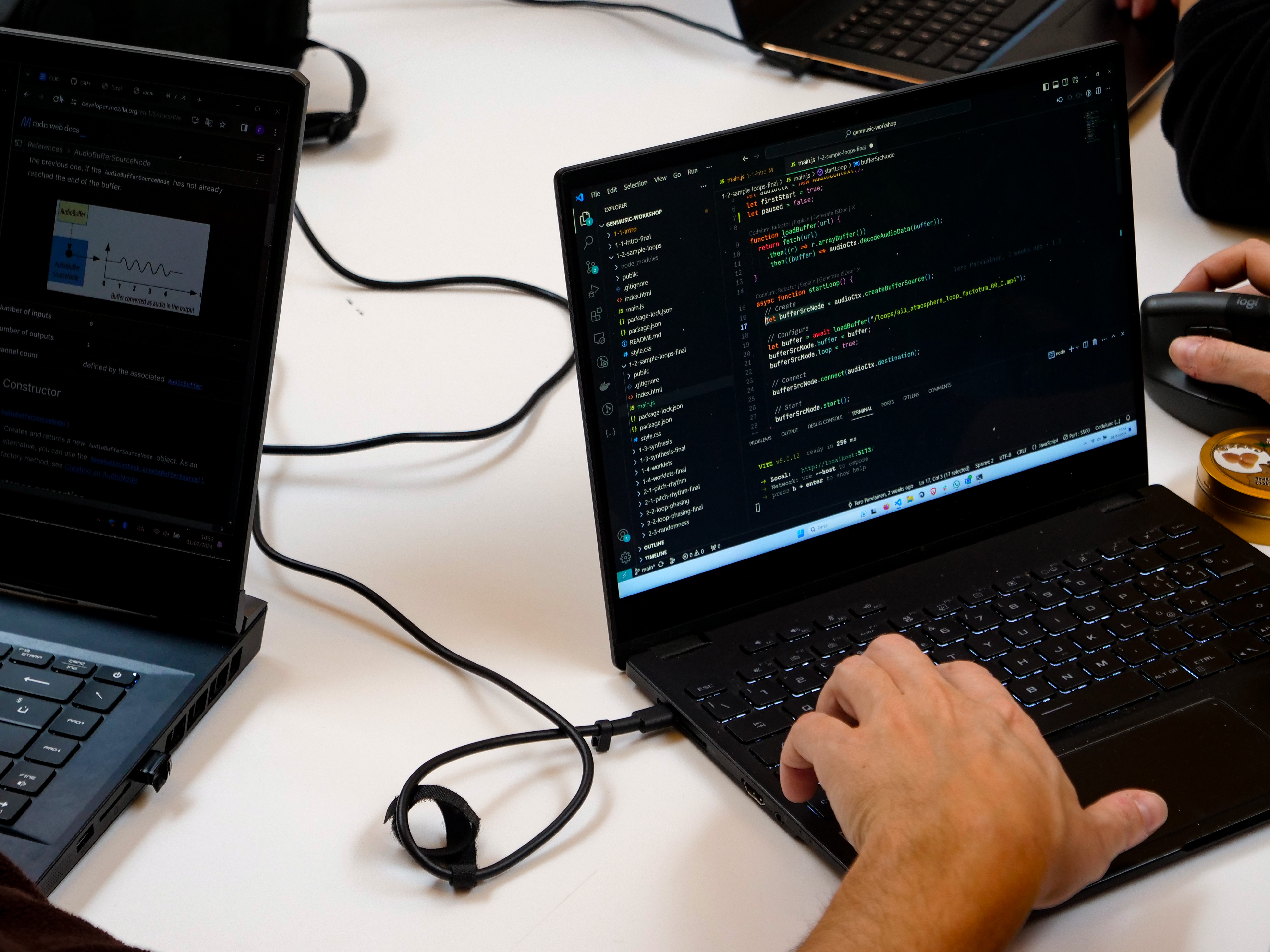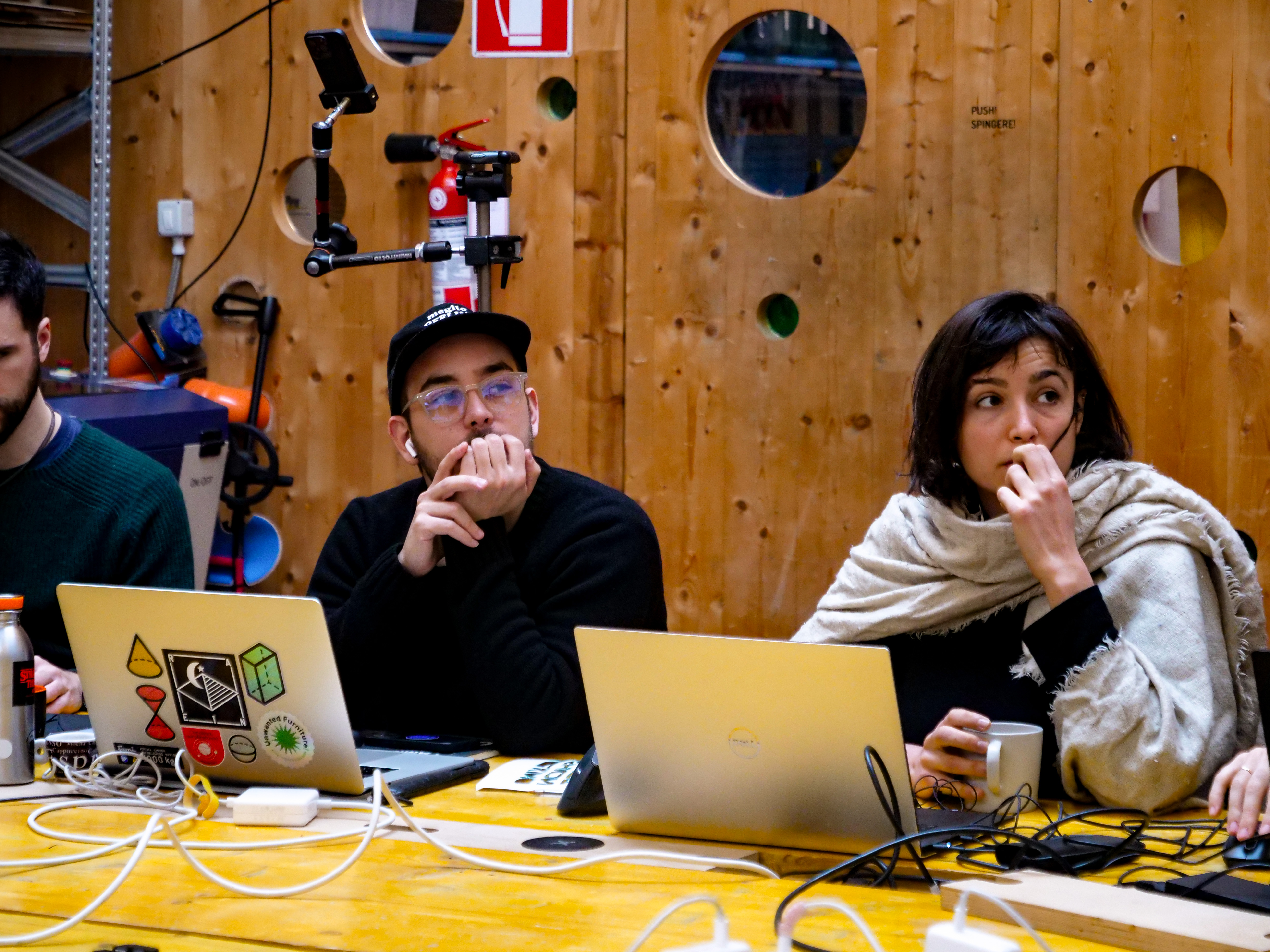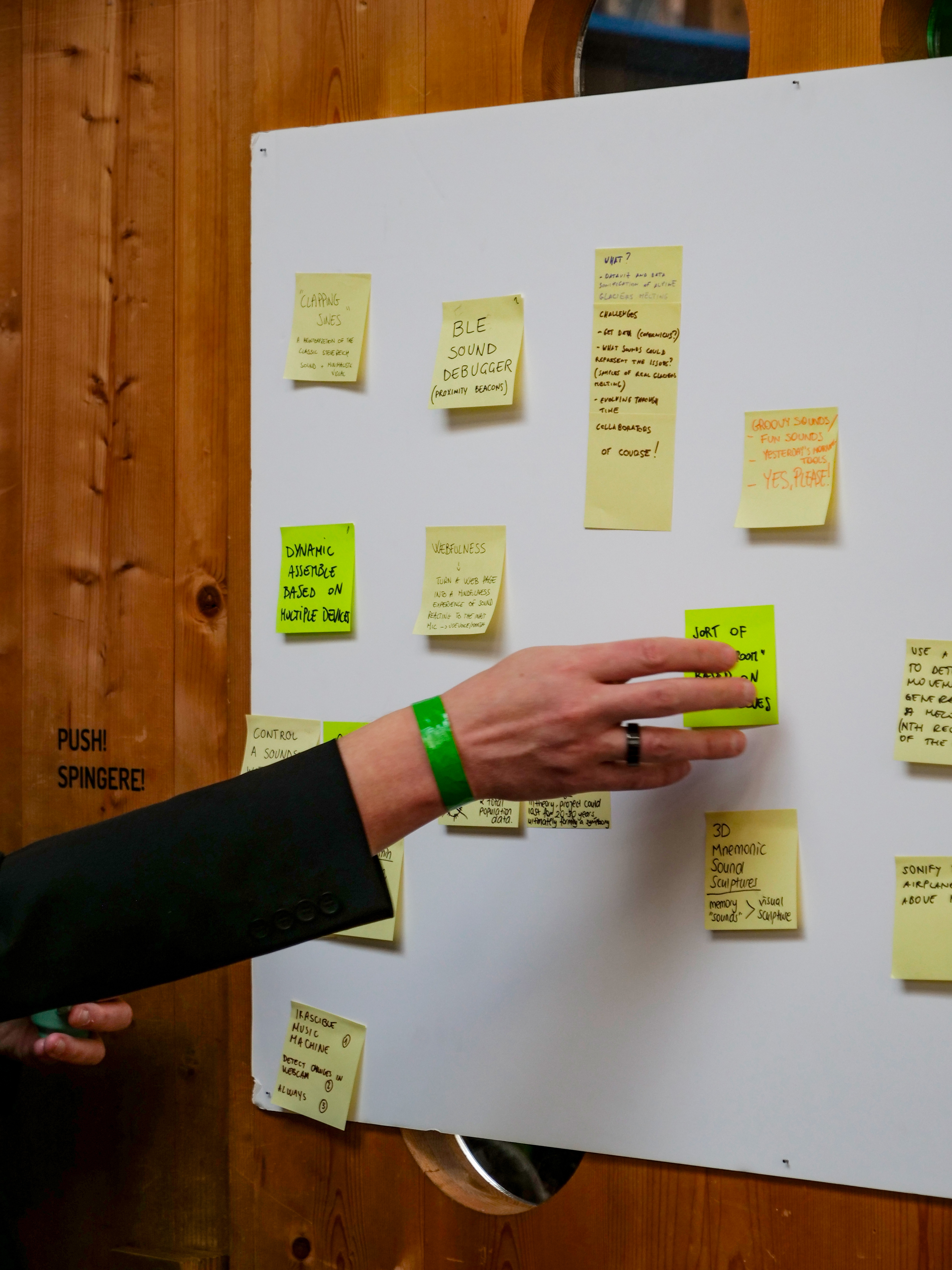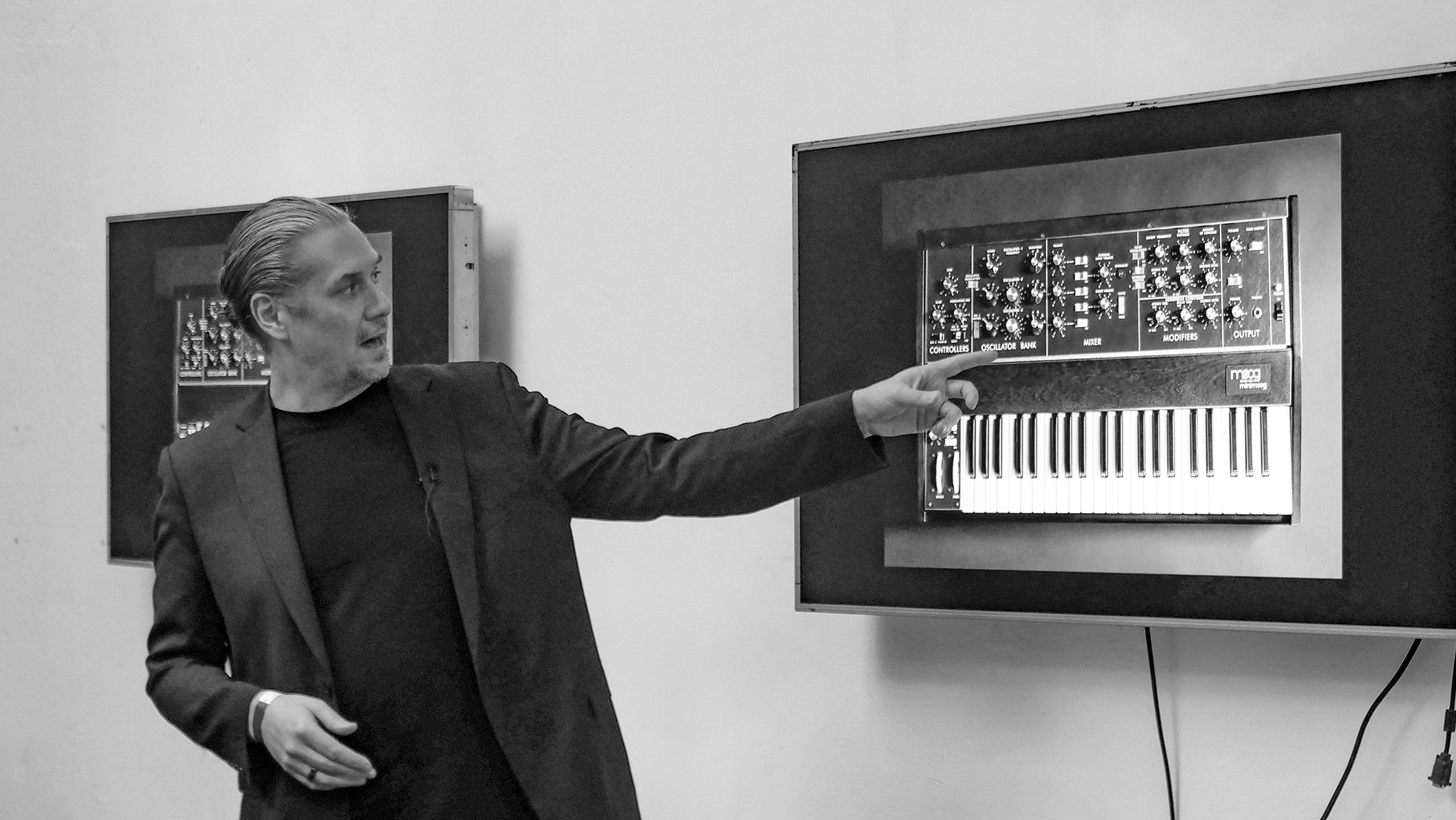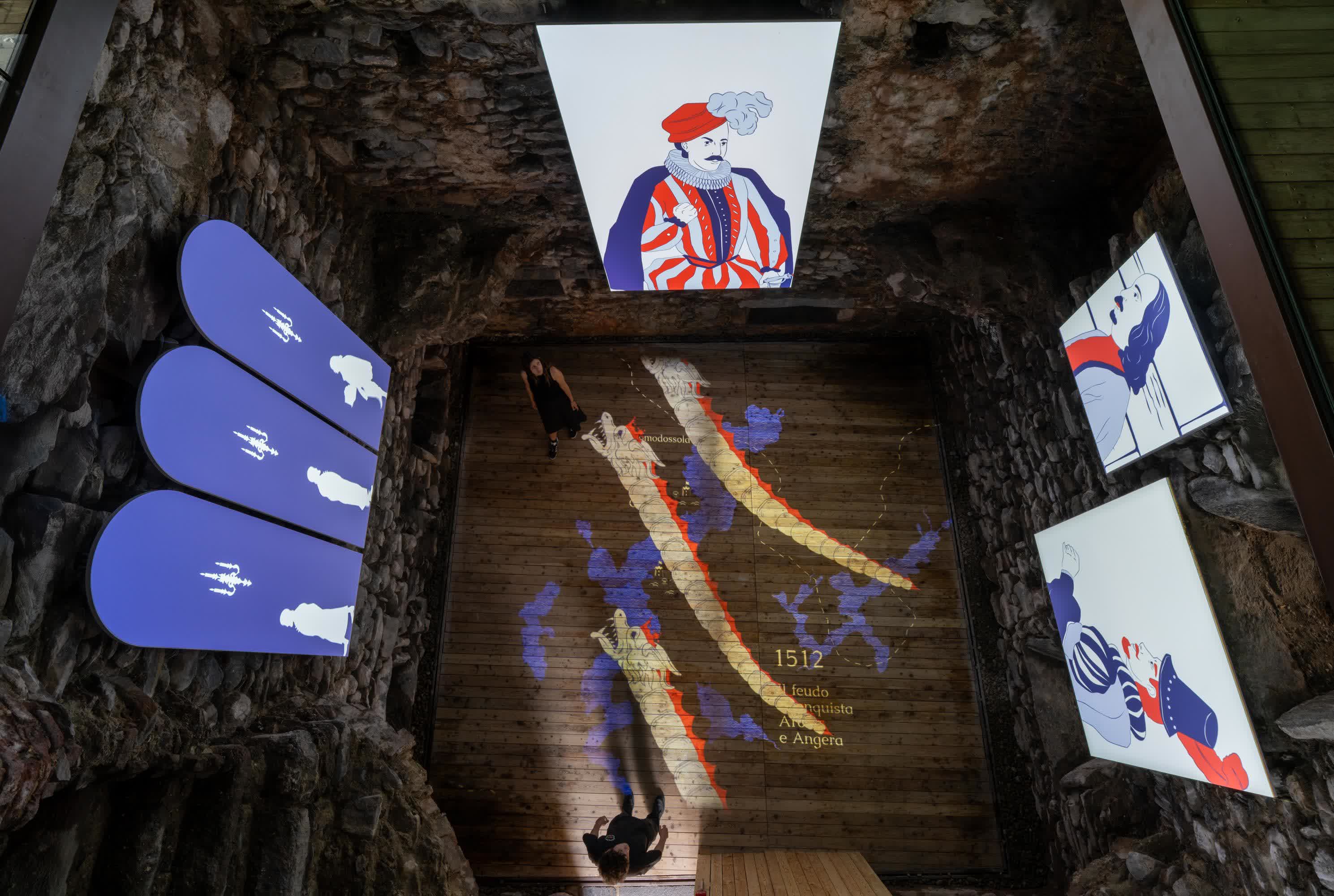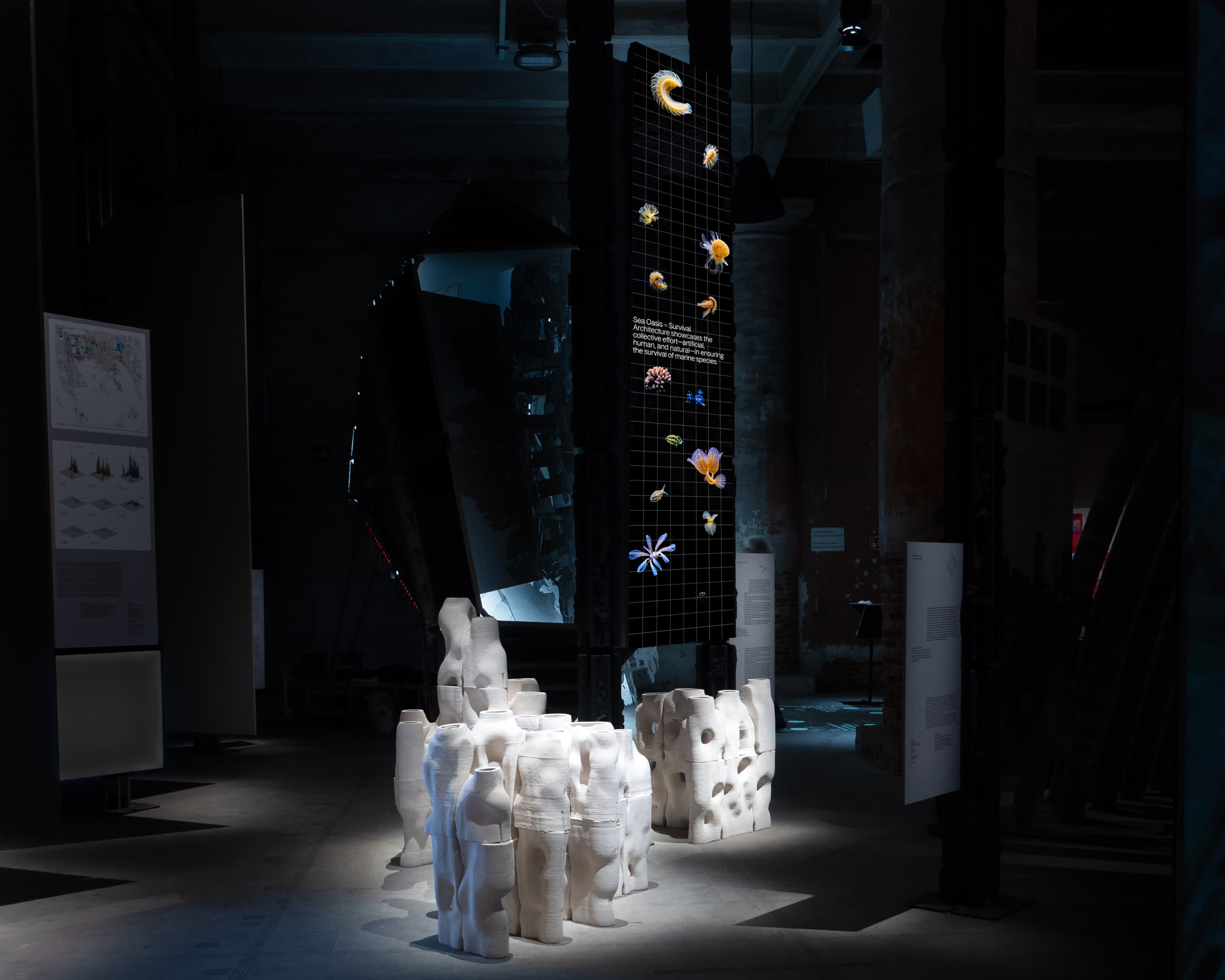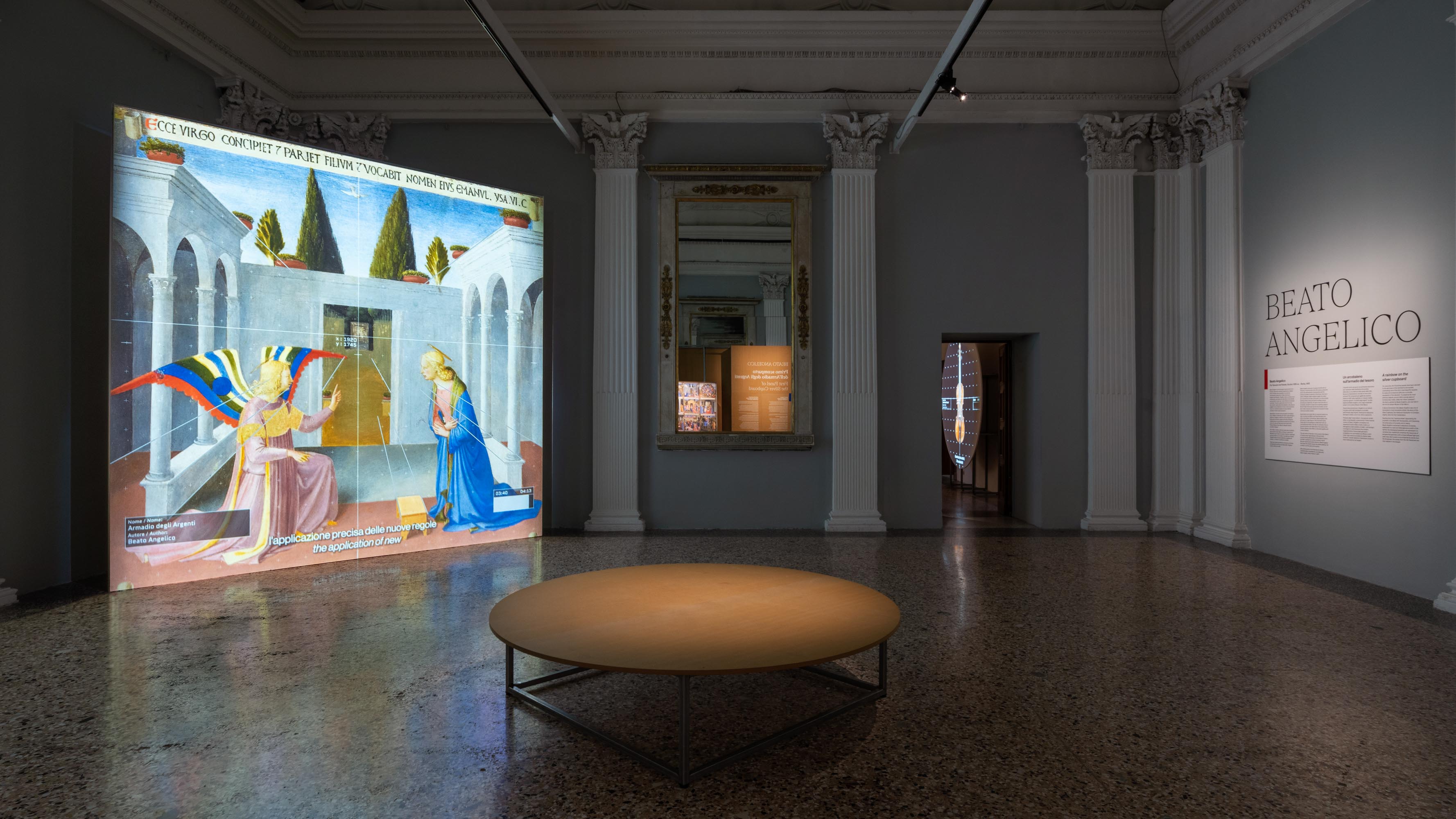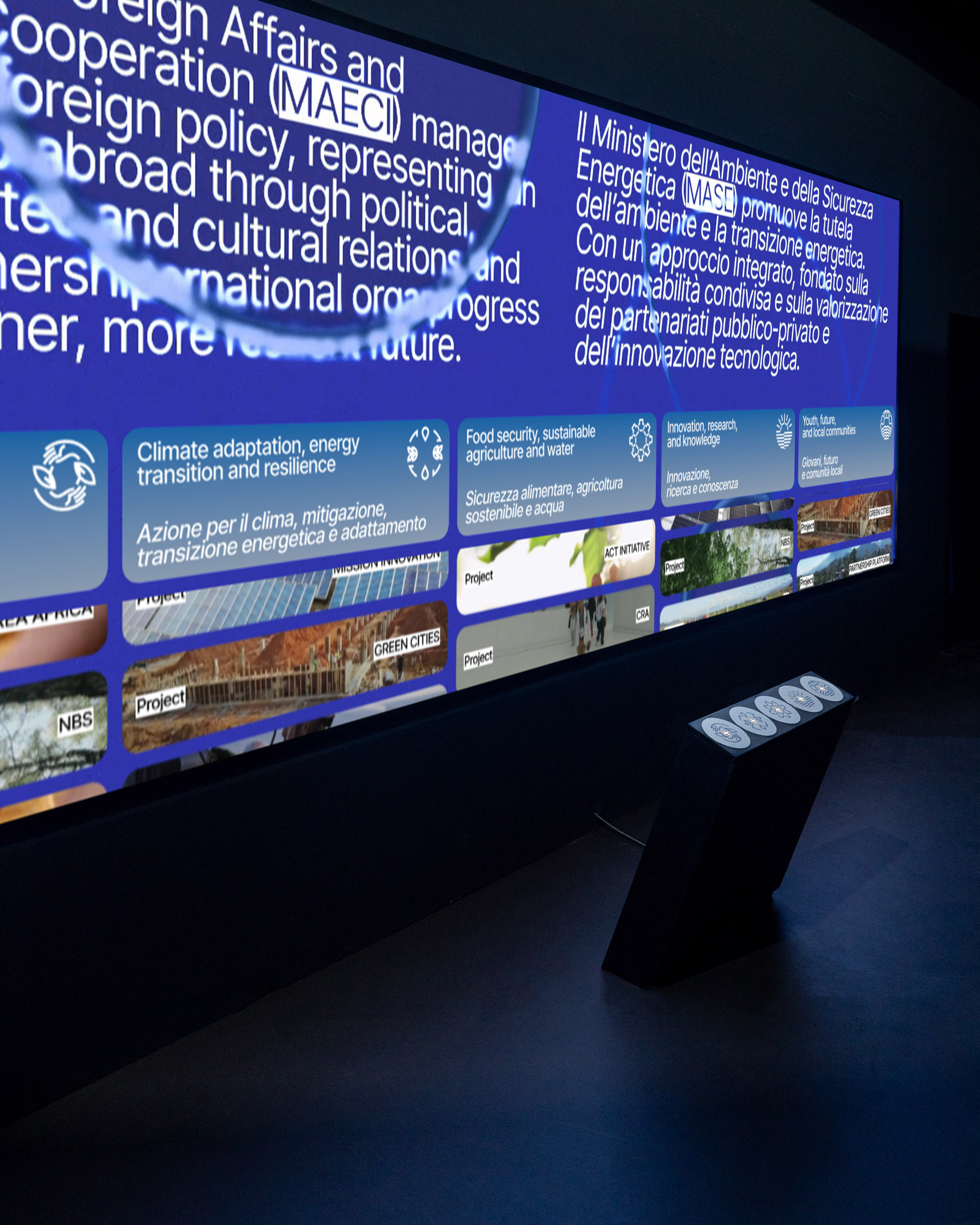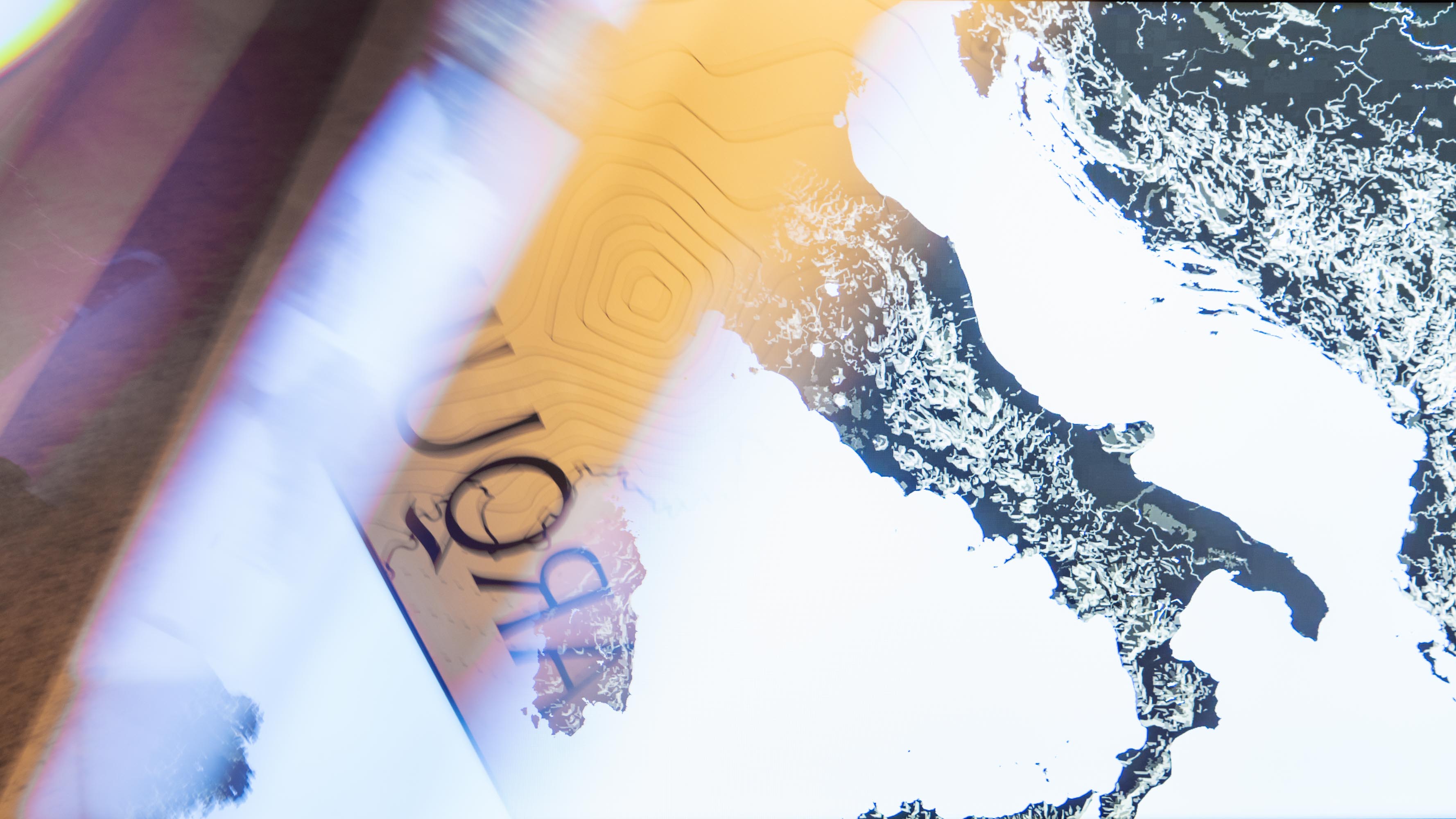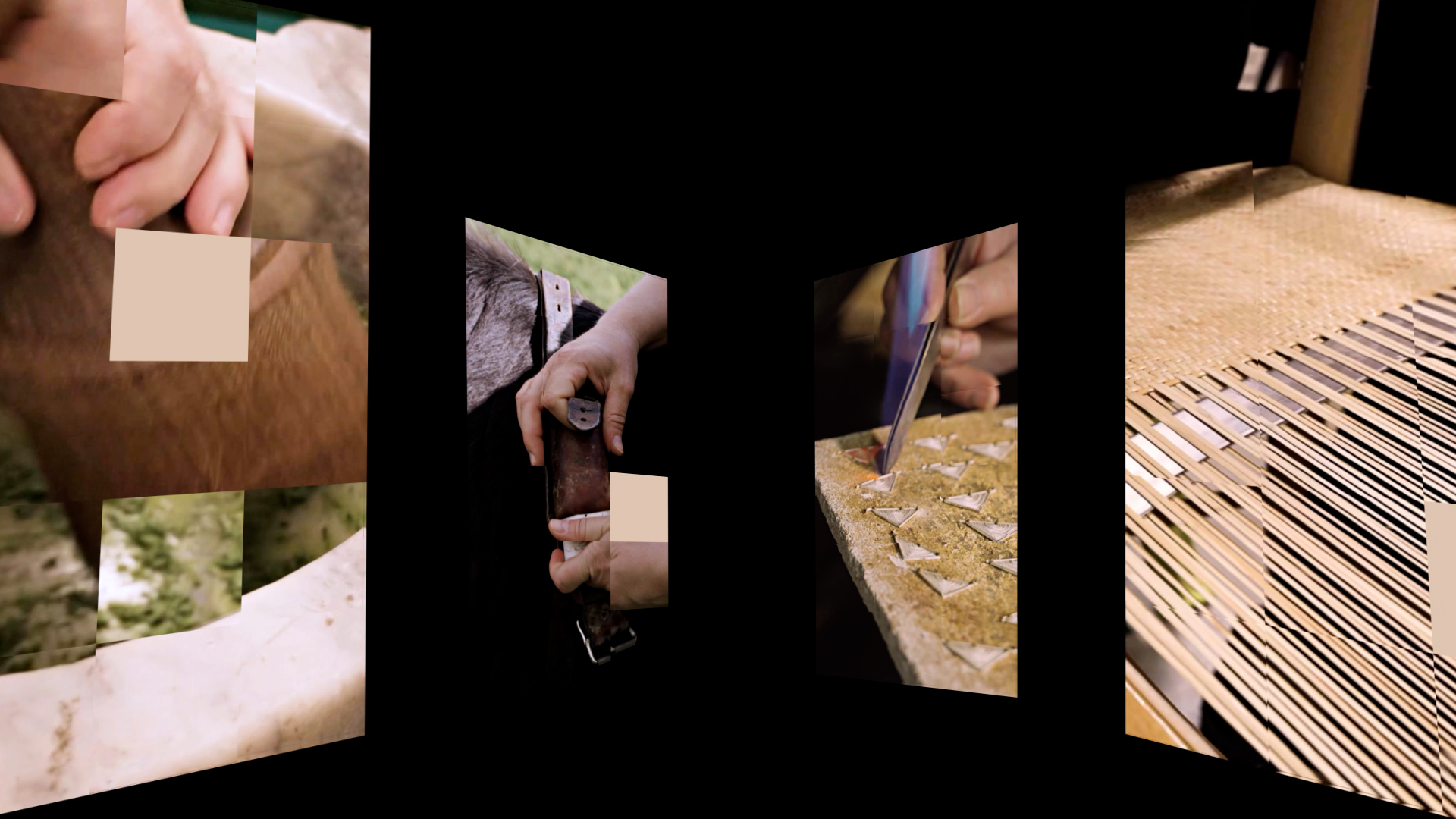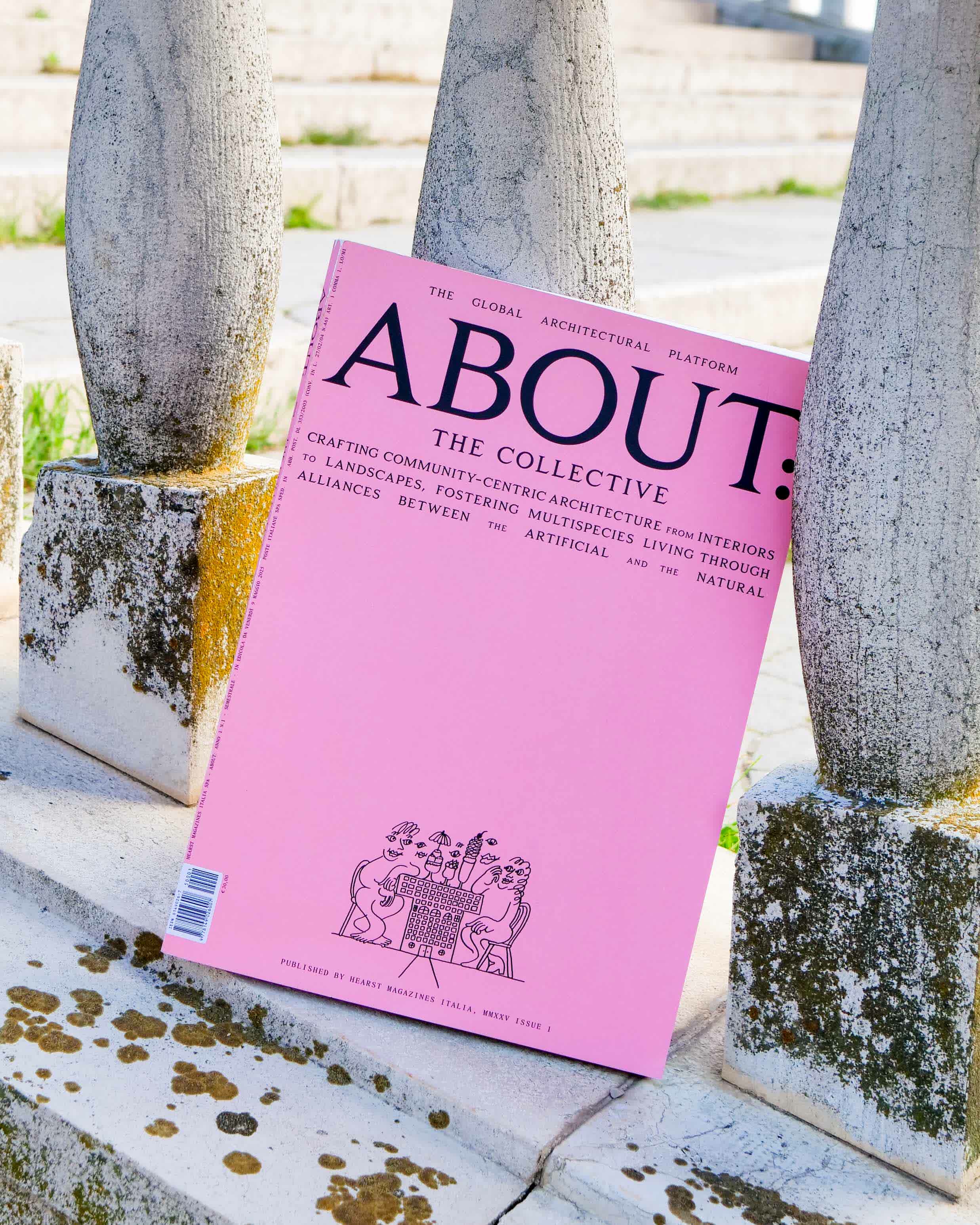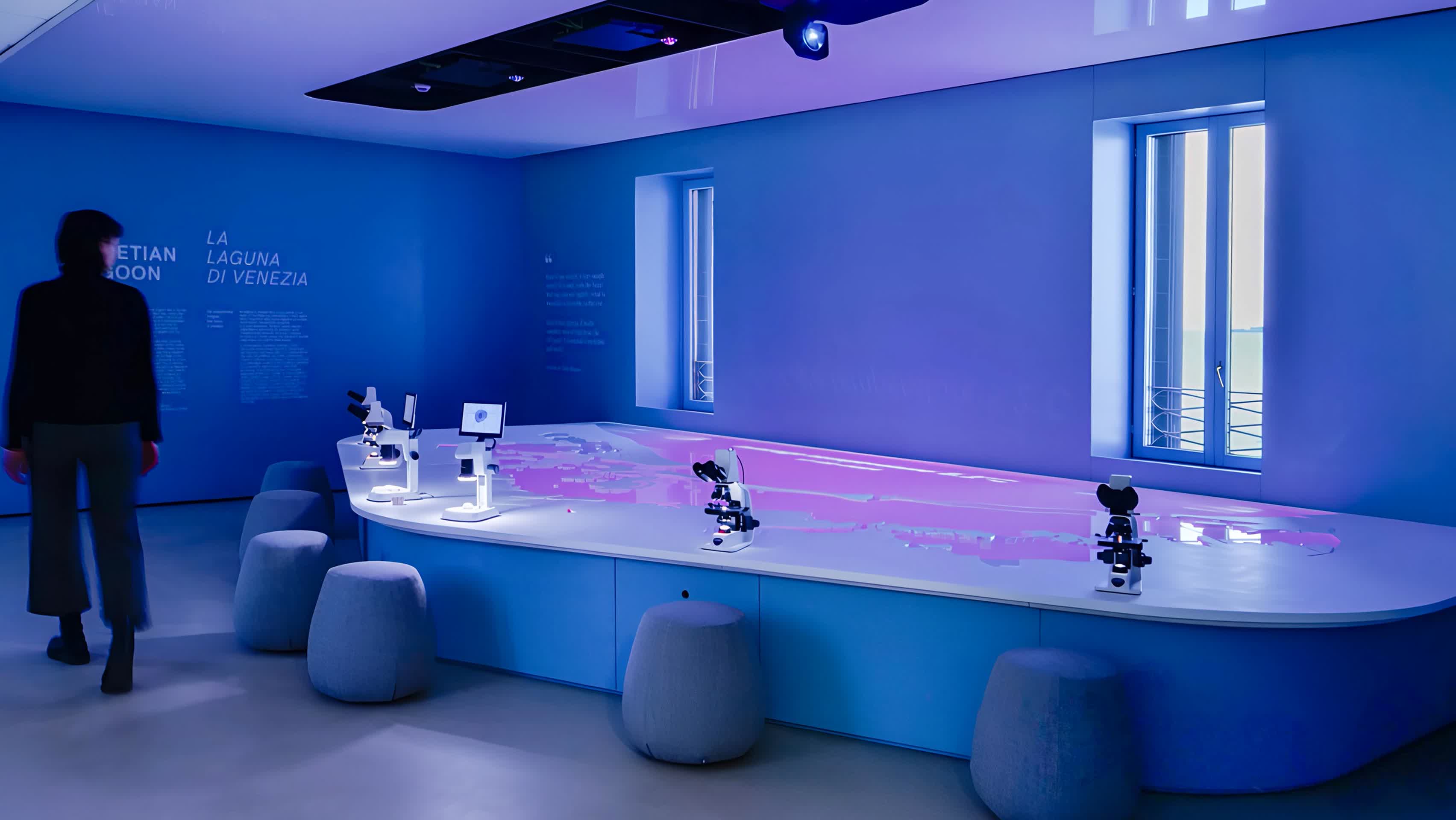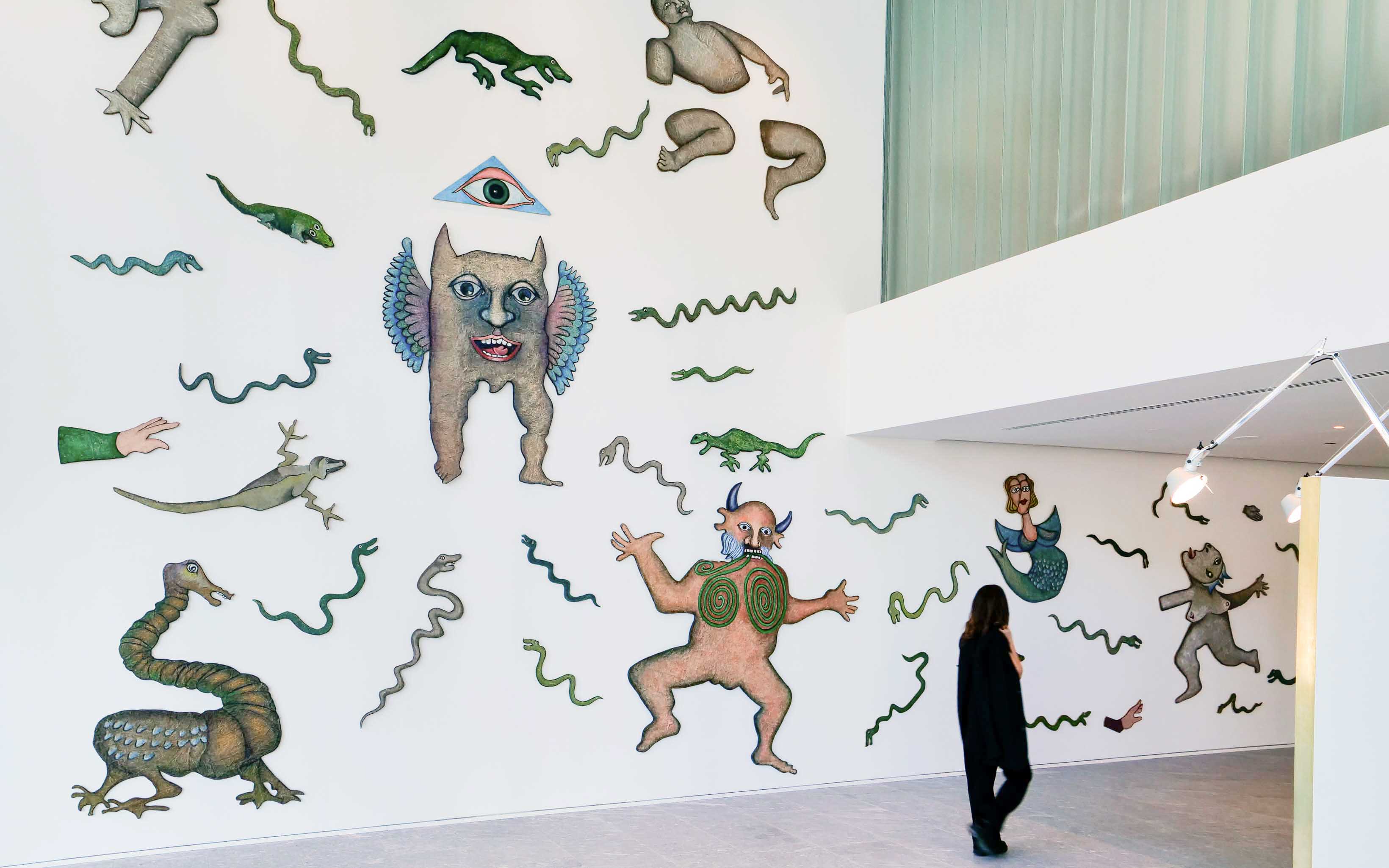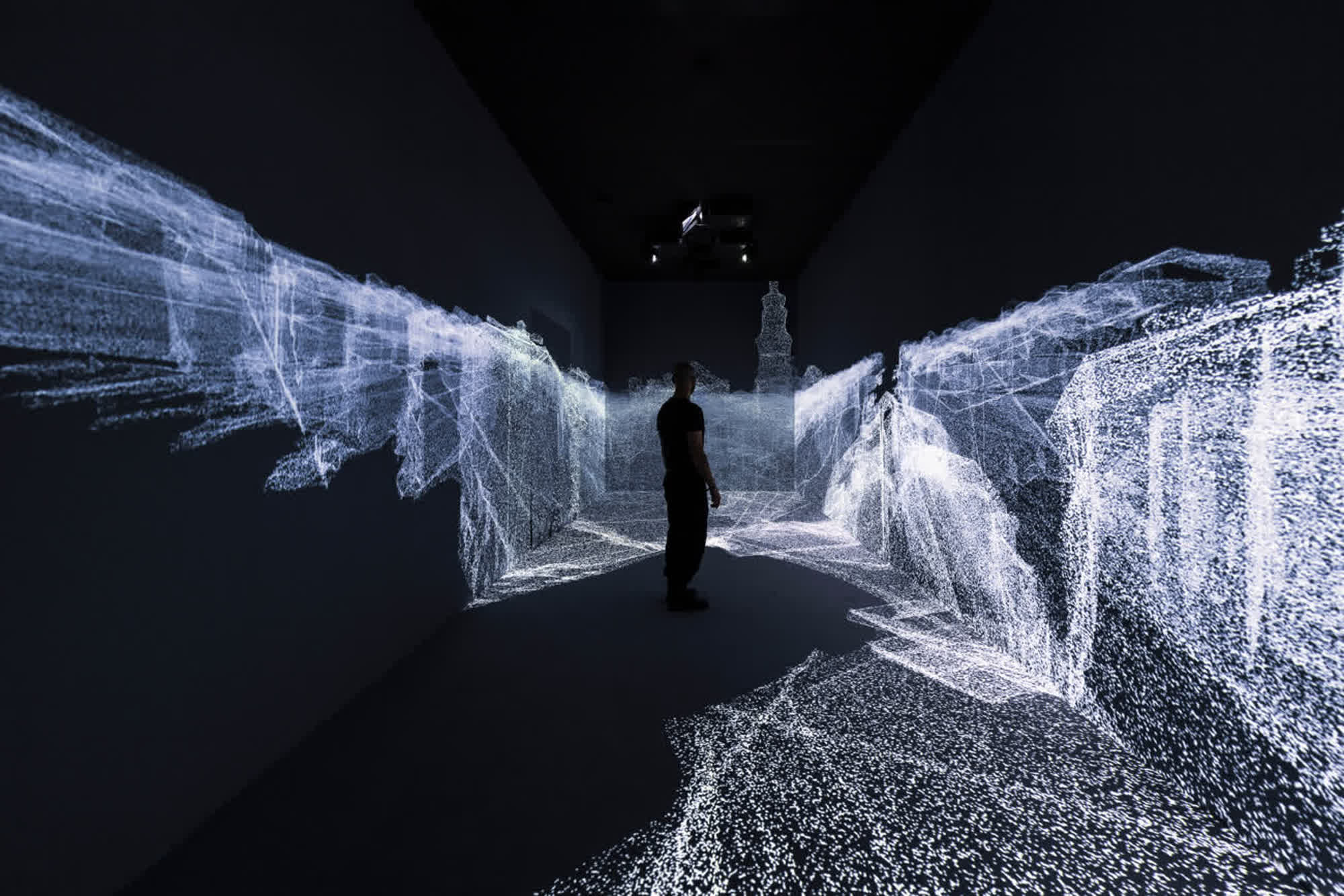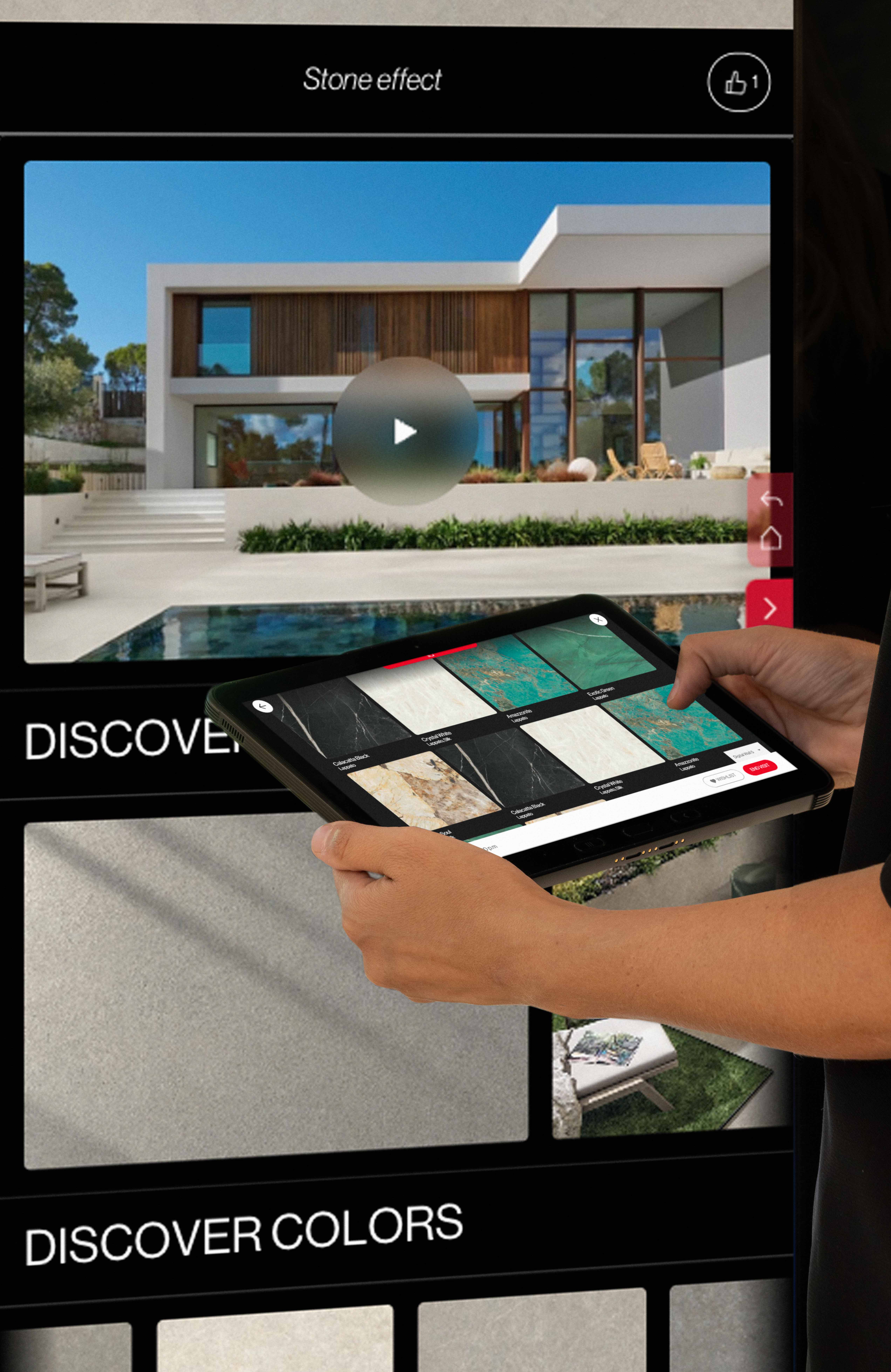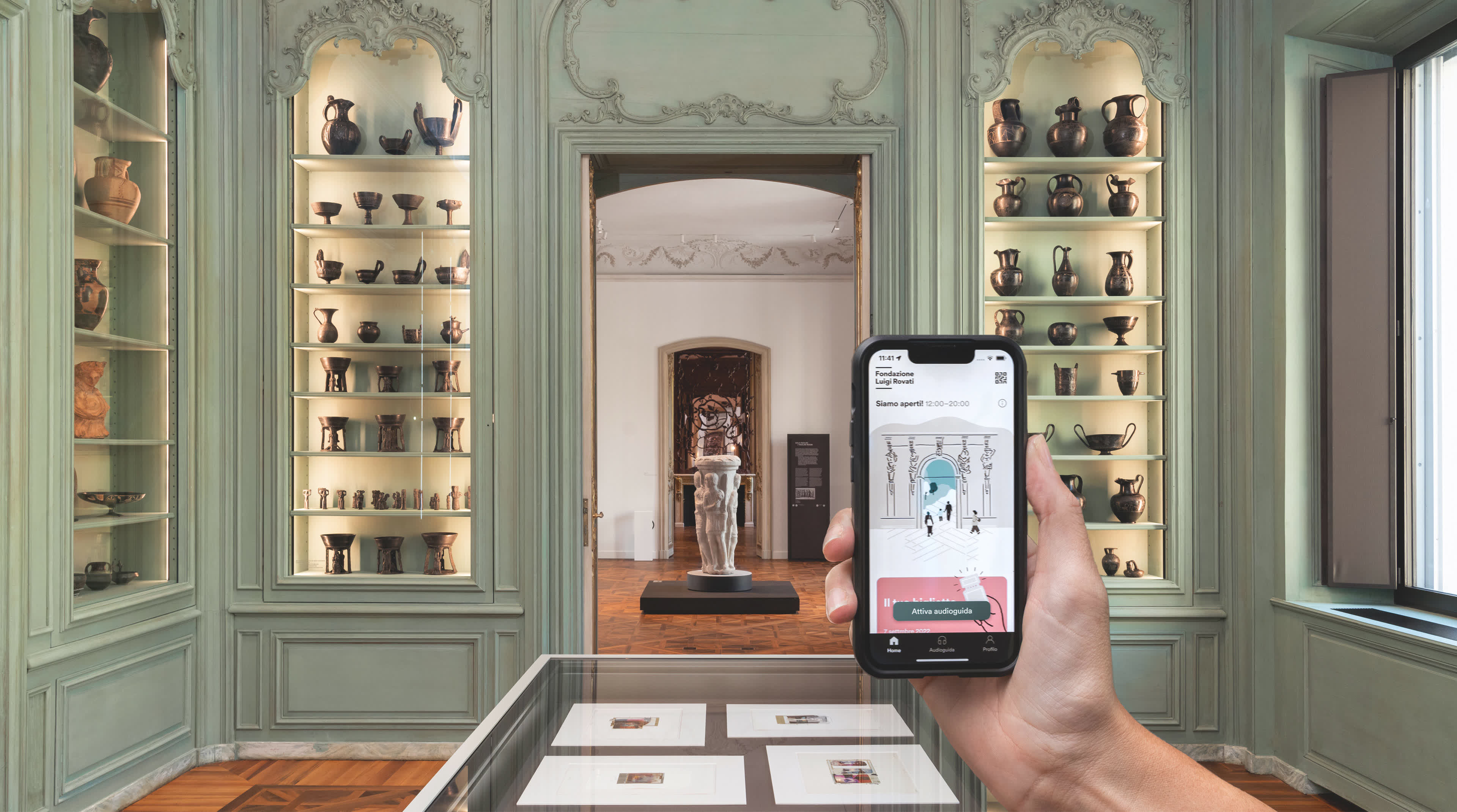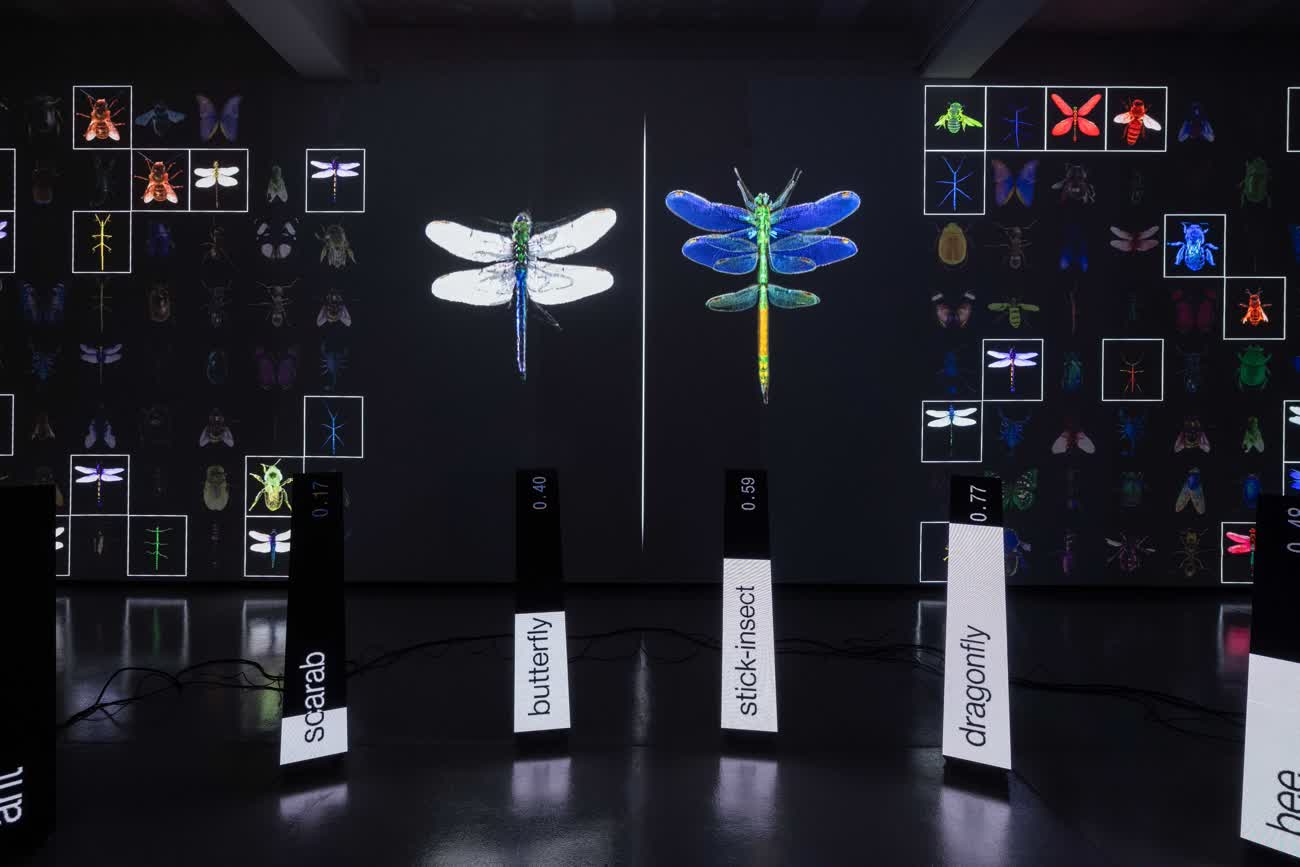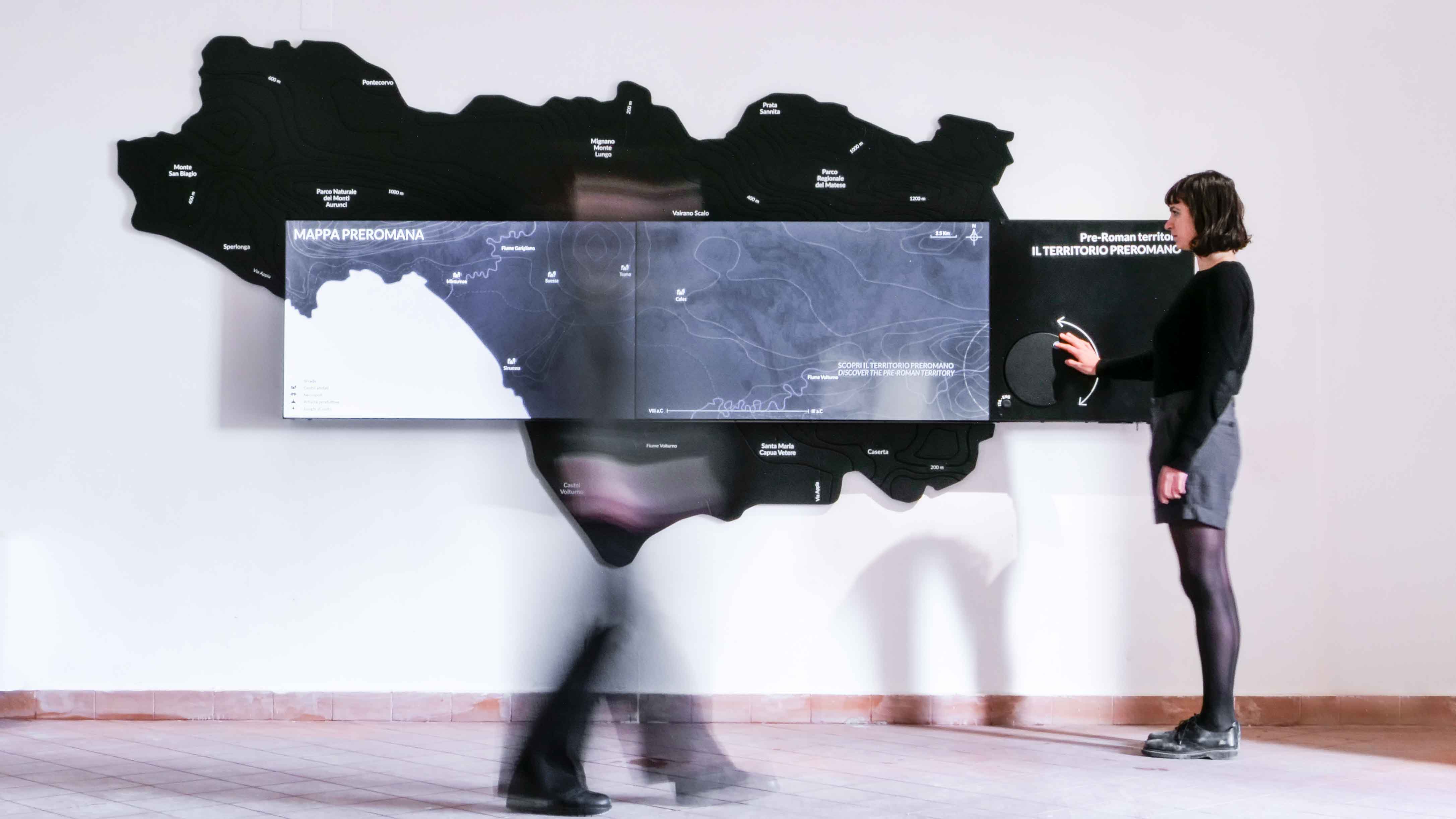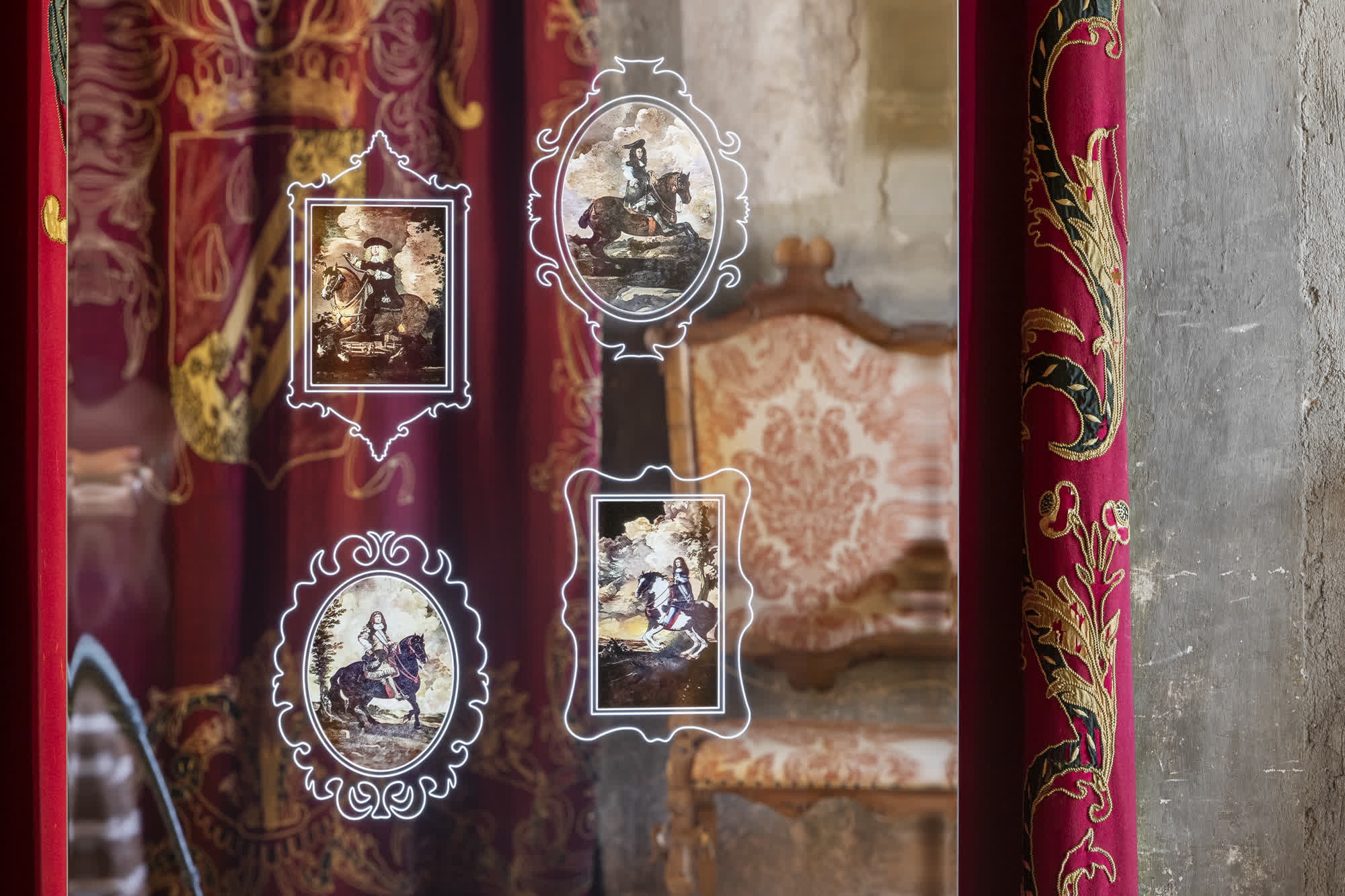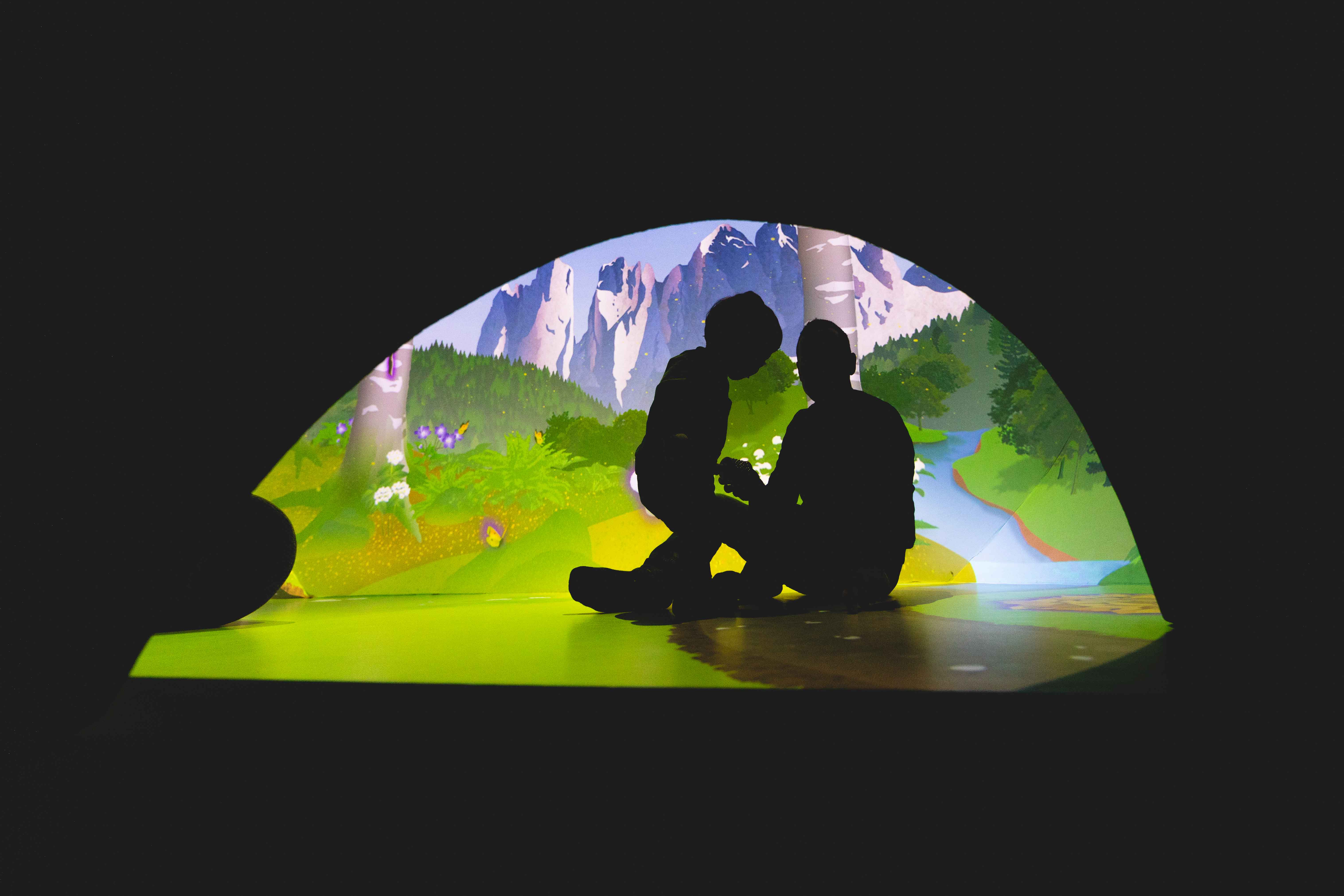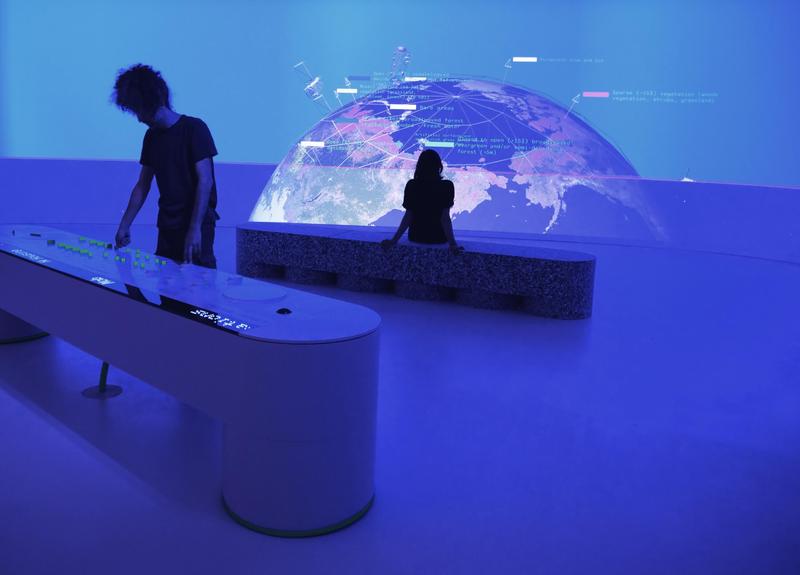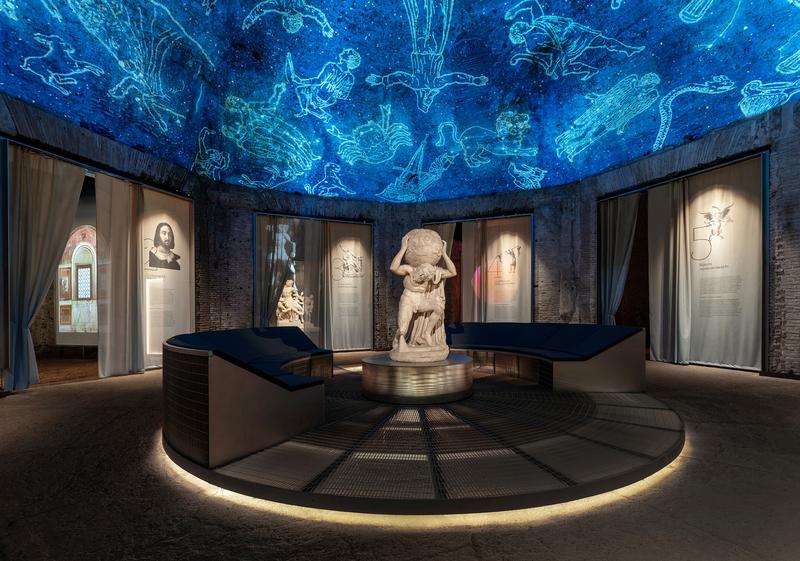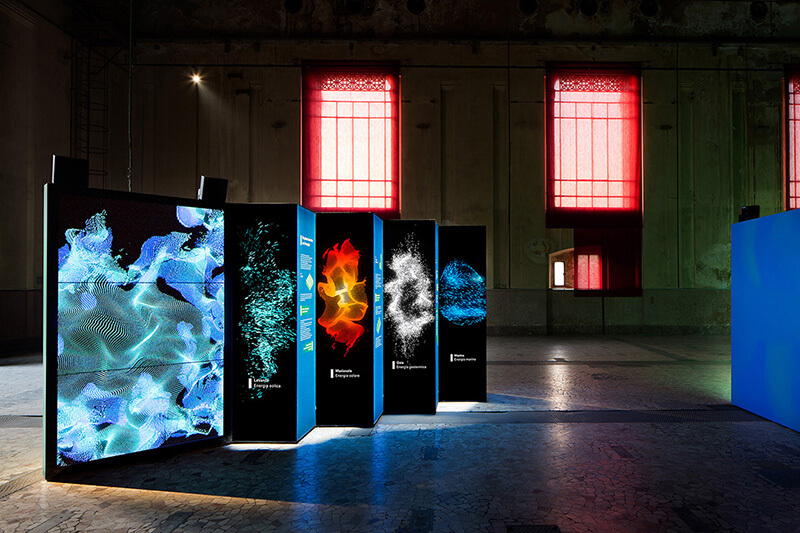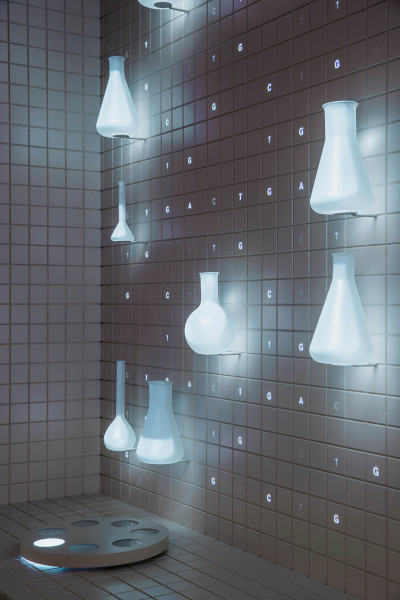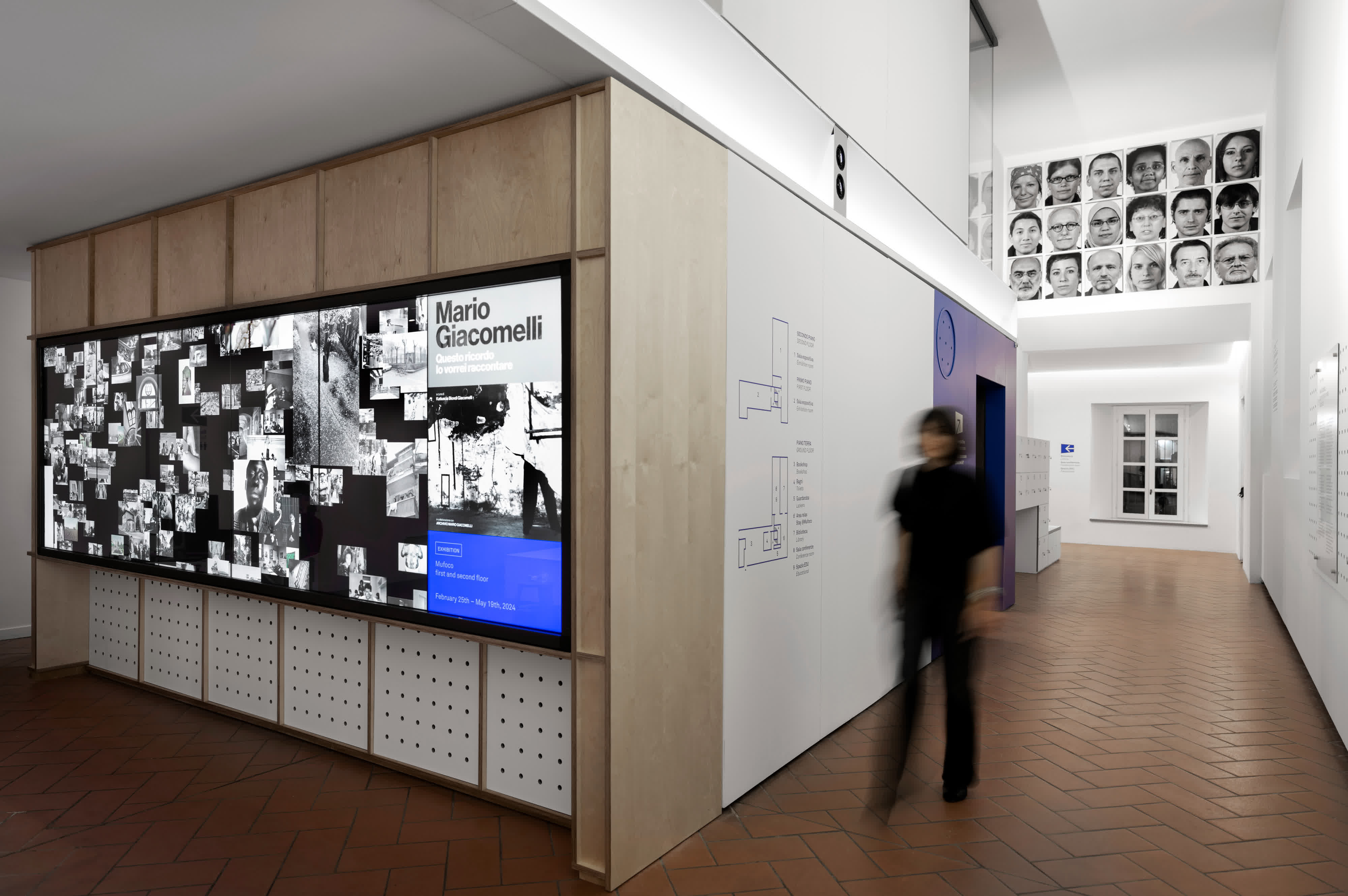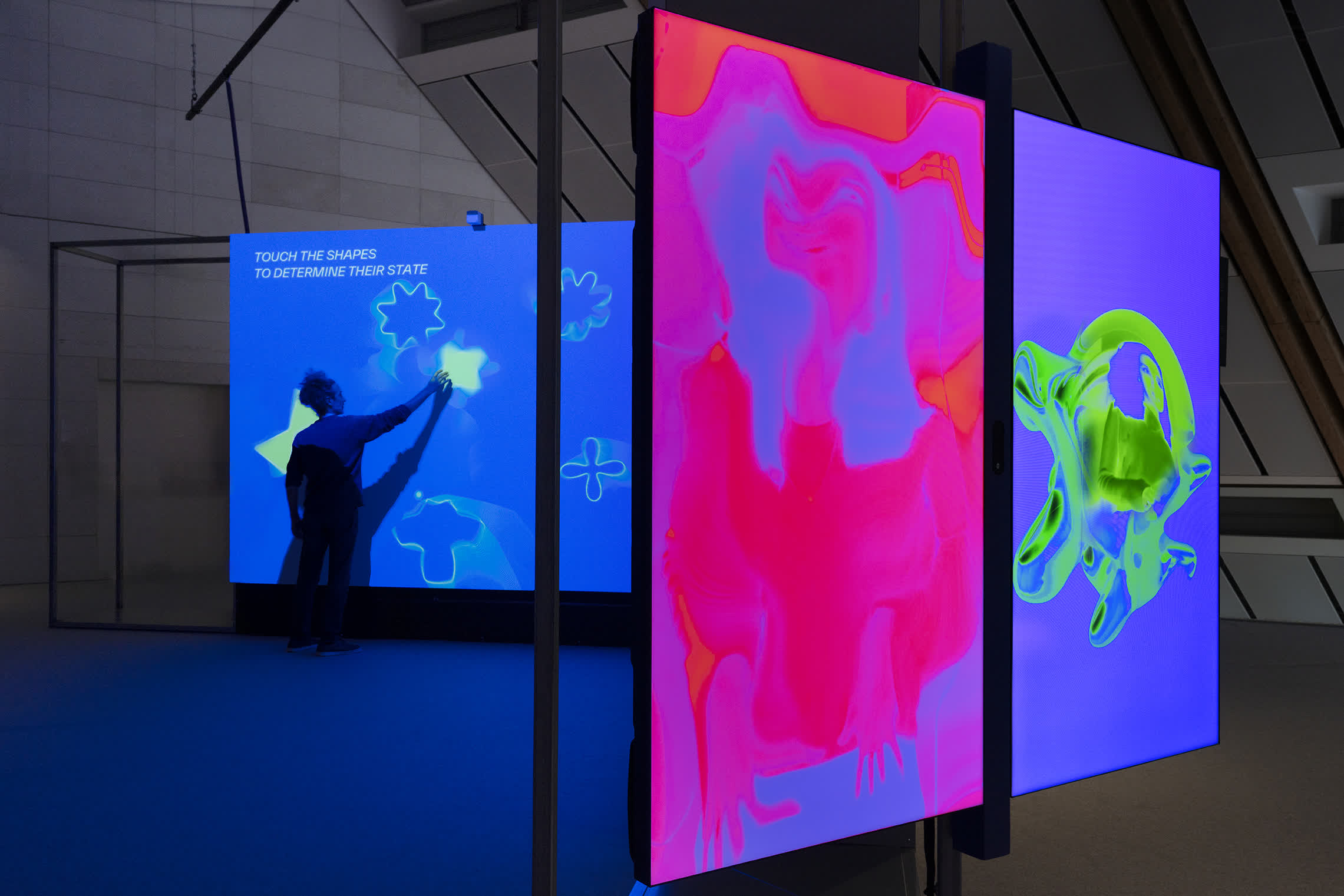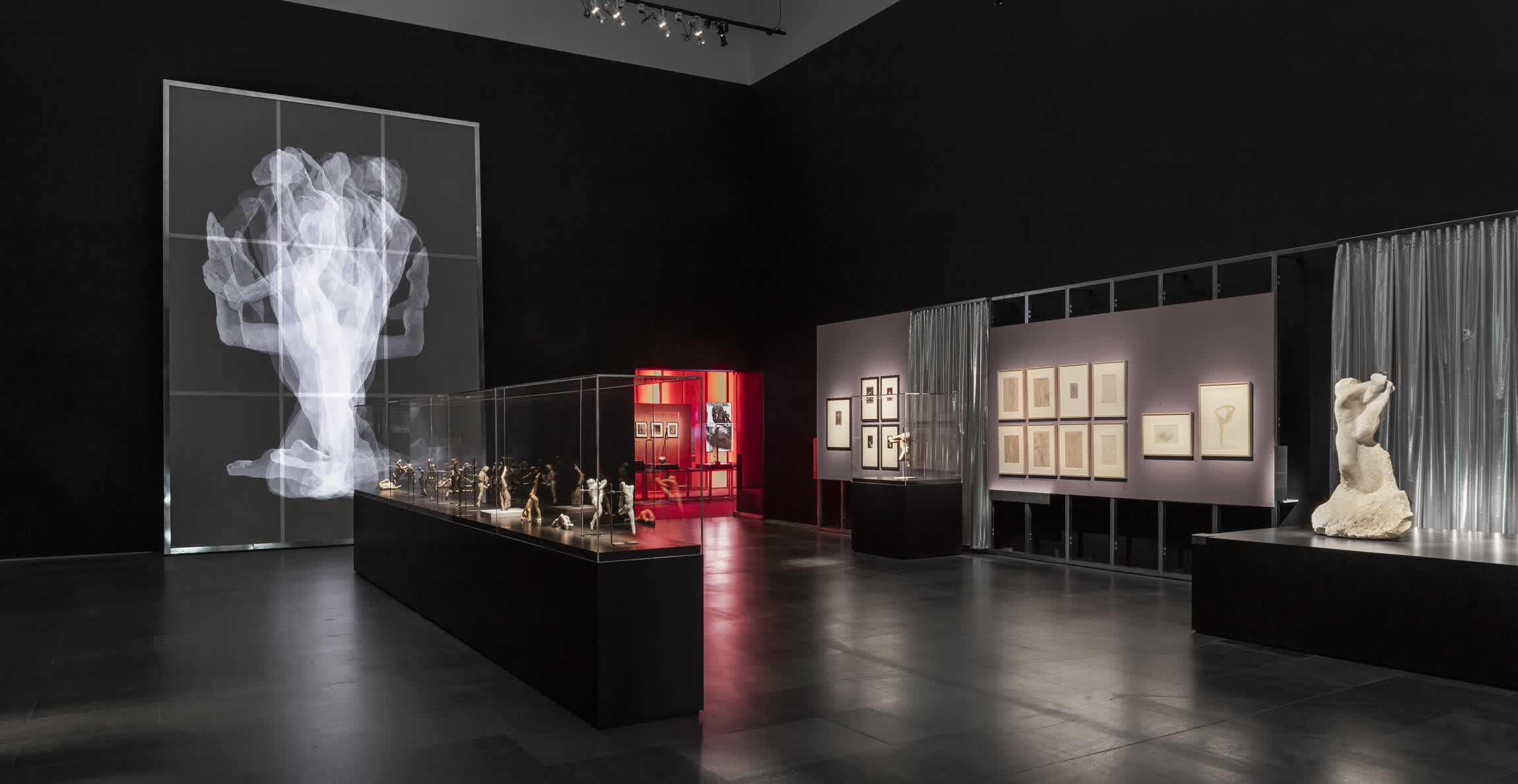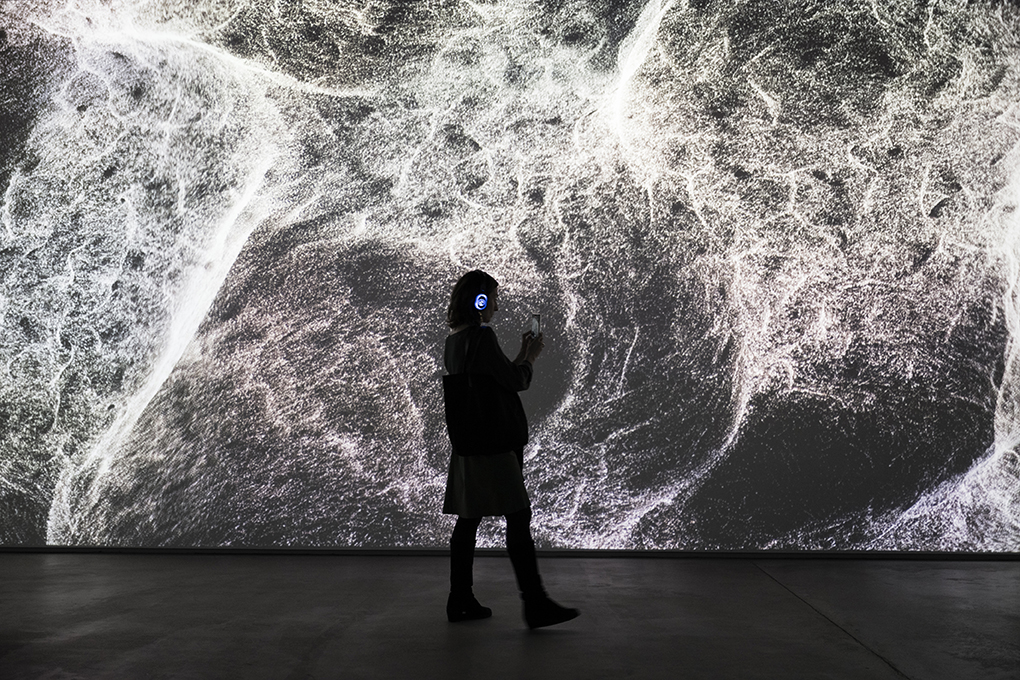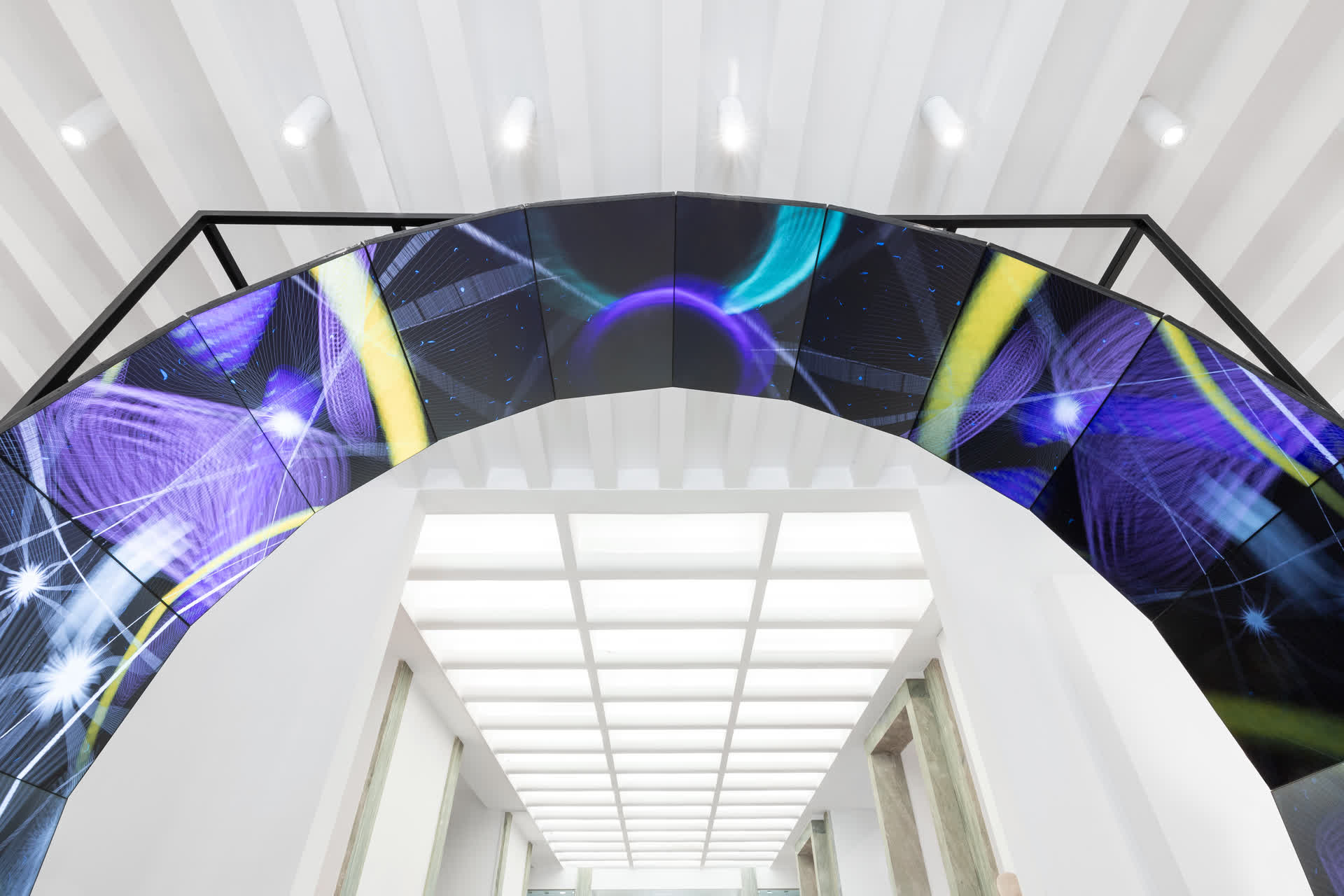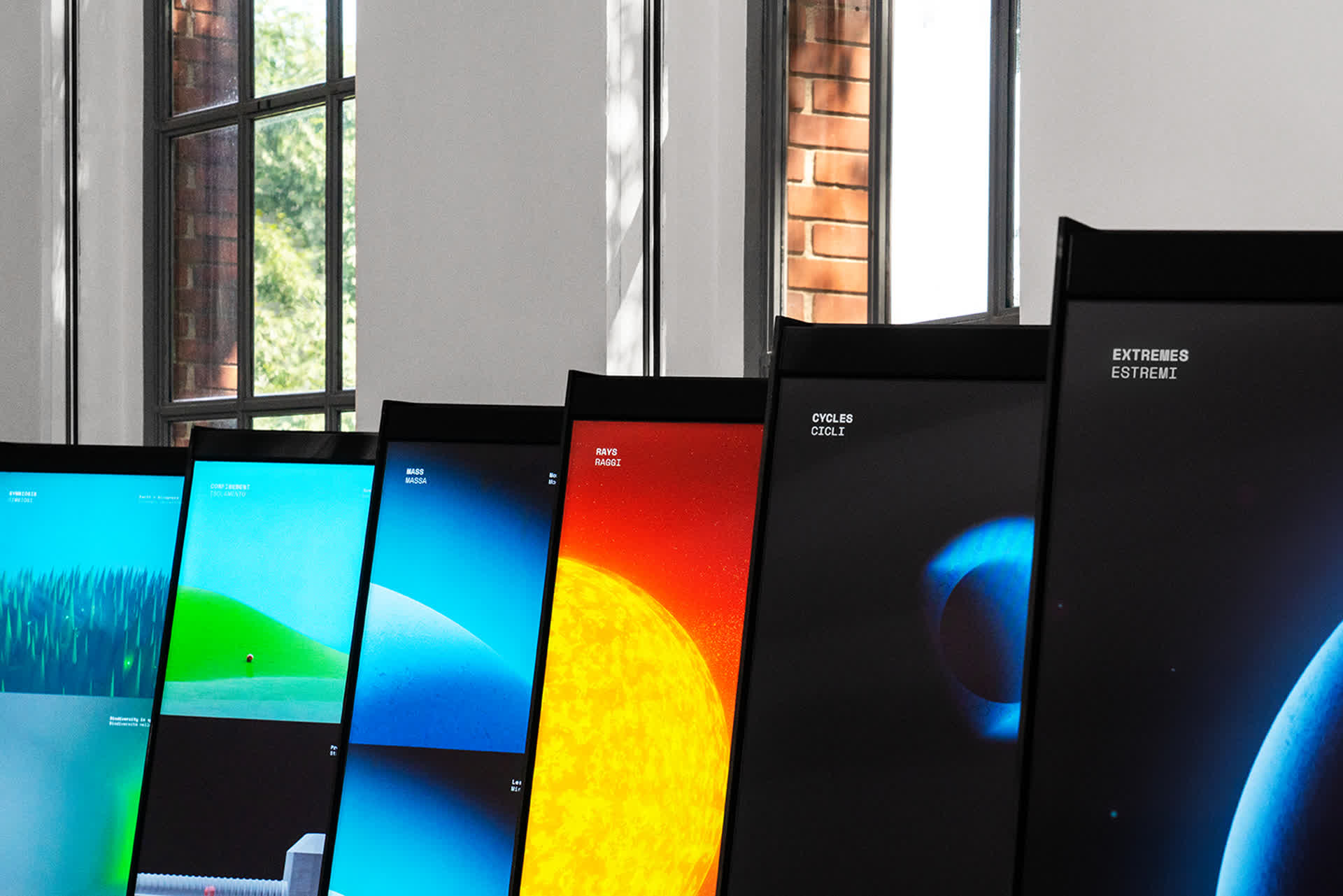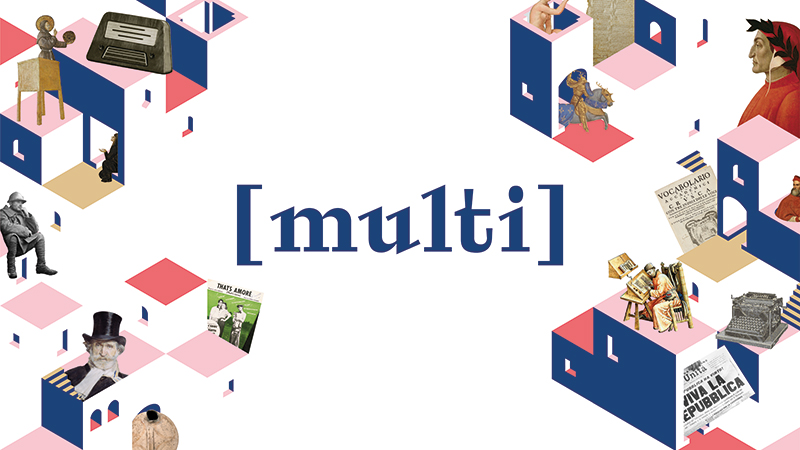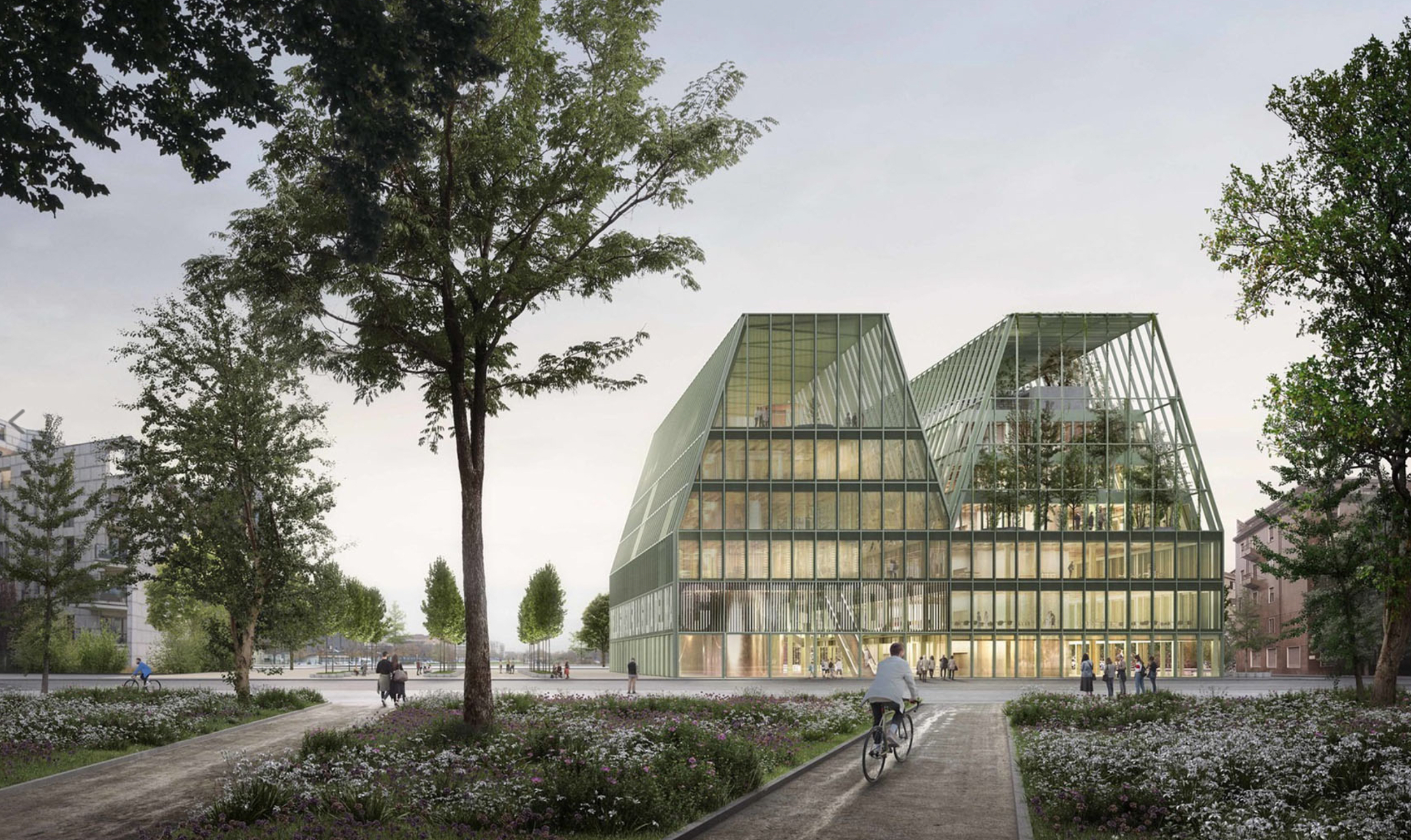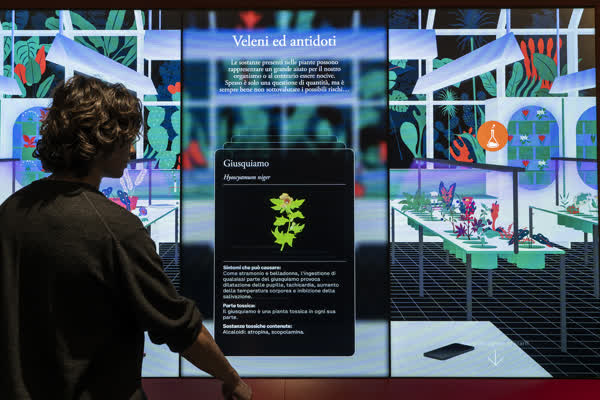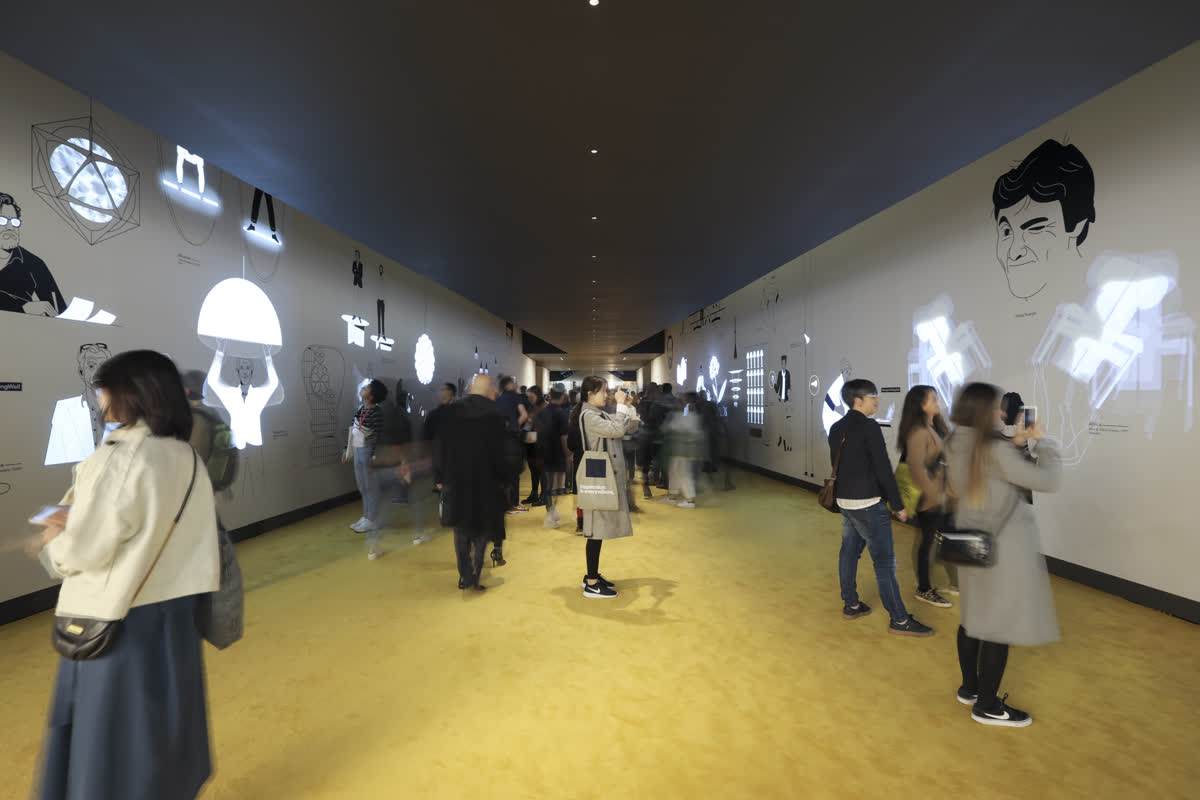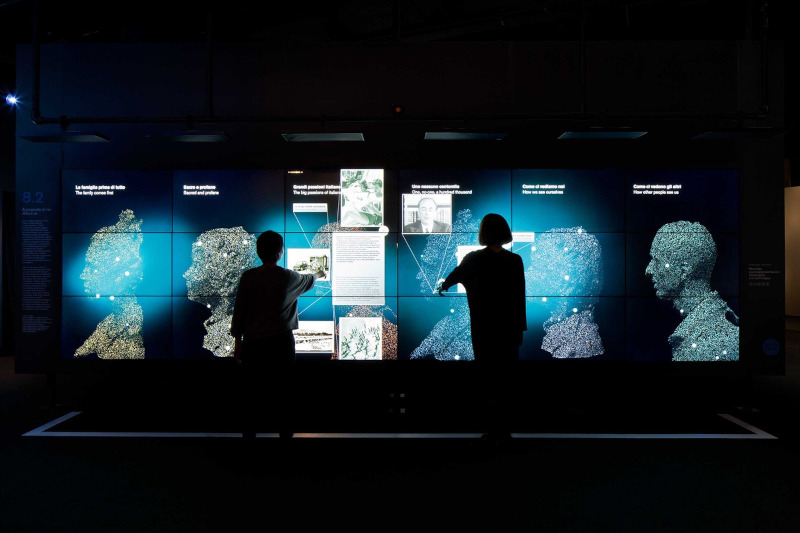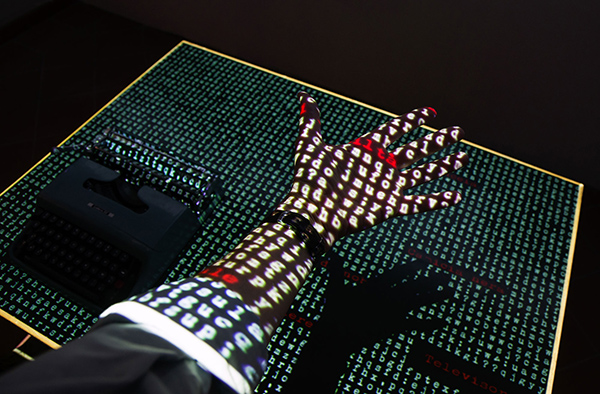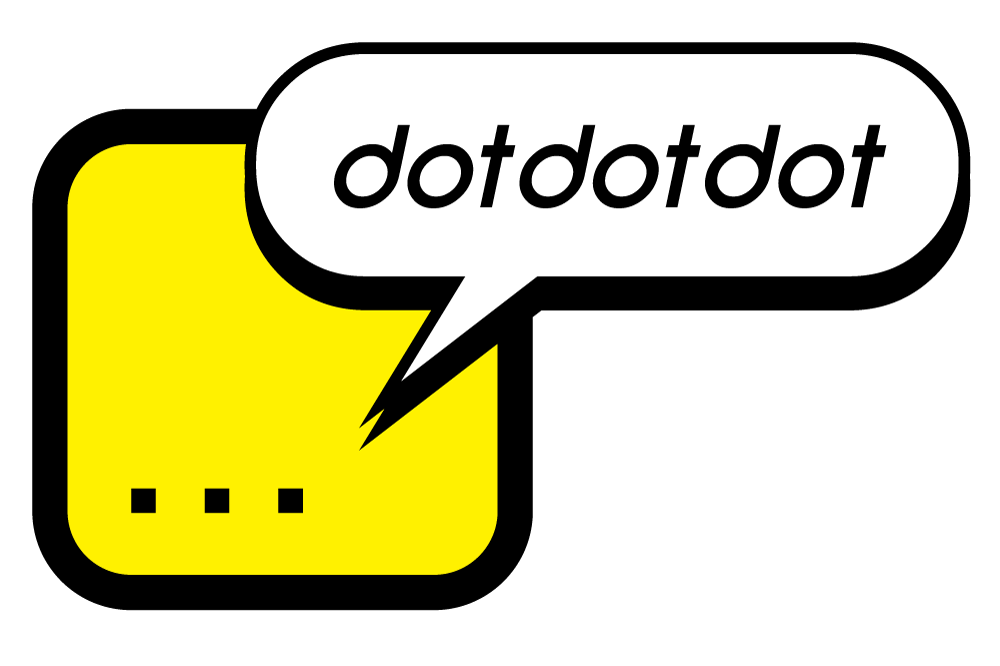CONNECTION advanced training
Masterclass in Generative music with Tero Parviainen
Masterclass in Generative music with Tero Parviainen
31 January 2024 - Politecnico di Milano
Open Talk “What Is Generative Music For? Use cases for a new medium”
01-02 February 2024 - Dotdotdot
Masterclass “Web Technologies for Sound and Generative Music”
Generative music with Tero Parviainen
Objectives of the training
Participants will then learn to create music using these technologies, with a specific emphasis on algorithmic and generative techniques implemented in the web browser’s JavaScript environment. We’ll look at some classic methods for generating musical structure, as well as methods for making music interactive and integrated with multimodal web experiences.
Bio
Tero Parviainen is a software developer in music, media, and the arts. Tero co-runs Counterpoint, a practice concentrated on audiovisual experience design and development. At Counterpoint, Tero has been involved in creating many audiovisual artistic works, some of them award-winning, as well as projects and platforms that employ generative music to advance wellness and mental health.
Watch the interview:
Watch the interview:
Format: Masterclass
Two full days, one as an instructed tutorial workshop, the other as self-guided project work.
Program breakdown
Day 1: Tutorial Workshop
The first day of the workshop will follow a structured sequence of topics. In the morning we will familiarize ourselves with the different means of making sound in a web browser. In the afternoon we will apply our new skills and switch to exploring generative and interactive music techniques.
Each topic will be introduced via a short lecture or demonstration. Following this, we’ll do a short coding exercise to apply it in practice. For the coding exercises, a starting point will be given in the form of a cloneable repository/sandbox.
Part one: Sound on the web
Part two: Generative music on the web
Day 2: Project Hacking
The second day will consist of hacking on our own projects in small teams or individually. This work is largely self-guided, but guidance from the instructor and peers is available, of course.
At the beginning of the day, we’ll do some Idea Storming (~30min): We will organise our project ideas and teams on a whiteboard together. If you have a project idea, you’ll be asked to briefly present it and mention if you’re looking for collaborators. If you like someone else’s idea and would like to join them, you can do so. If we find ideas that are very similar or compatible, we may merge them.
At the end of the day, we’ll do Project Presentations (~60min): You’ll be asked to briefly show what you worked on. It’s fine to not make things finished or polished, the emphasis is in presenting what you learned, and what was difficult or easy or surprising. This will allow us to learn from each other and take ideas into future projects.
Each topic will be introduced via a short lecture or demonstration. Following this, we’ll do a short coding exercise to apply it in practice. For the coding exercises, a starting point will be given in the form of a cloneable repository/sandbox.
Part one: Sound on the web
- Introduction to sound on the web: standards and libraries.
- Working with pre-recorded sound: loops and samples and their playback.
- Web Audio synthesis and effects.
- Going low level: audio signal processing with Audio Worklets.
Part two: Generative music on the web
- Sequencing sound: pitch, rhythm, repetition.
- Loop phasing: back to the classics.
- Randomness as machine improvisation.
- Interaction and visualization: making music visible and responsive.
- Data-driven music: mapping arbitrary data into musical parameters.
Day 2: Project Hacking
The second day will consist of hacking on our own projects in small teams or individually. This work is largely self-guided, but guidance from the instructor and peers is available, of course.
At the beginning of the day, we’ll do some Idea Storming (~30min): We will organise our project ideas and teams on a whiteboard together. If you have a project idea, you’ll be asked to briefly present it and mention if you’re looking for collaborators. If you like someone else’s idea and would like to join them, you can do so. If we find ideas that are very similar or compatible, we may merge them.
At the end of the day, we’ll do Project Presentations (~60min): You’ll be asked to briefly show what you worked on. It’s fine to not make things finished or polished, the emphasis is in presenting what you learned, and what was difficult or easy or surprising. This will allow us to learn from each other and take ideas into future projects.
